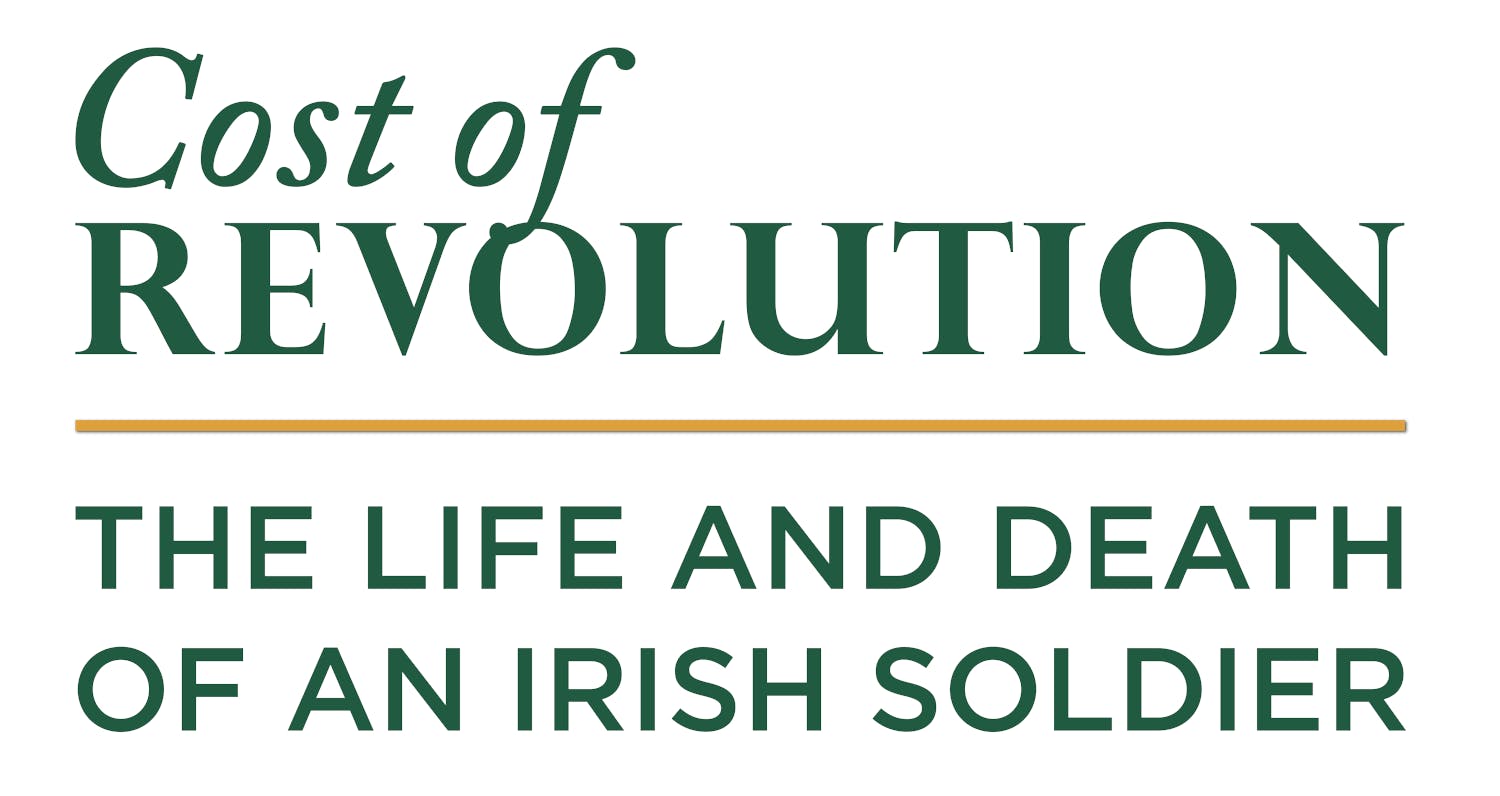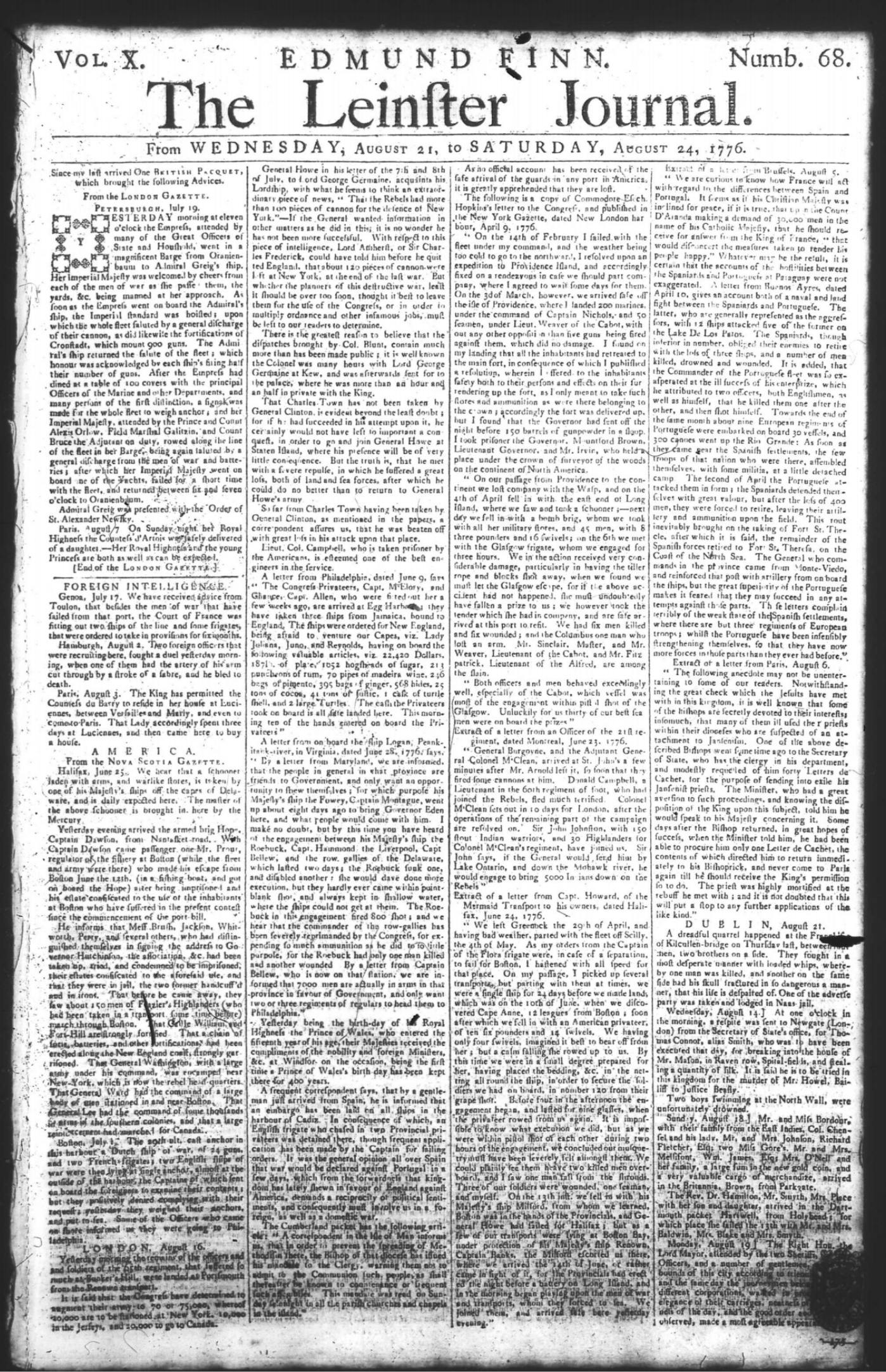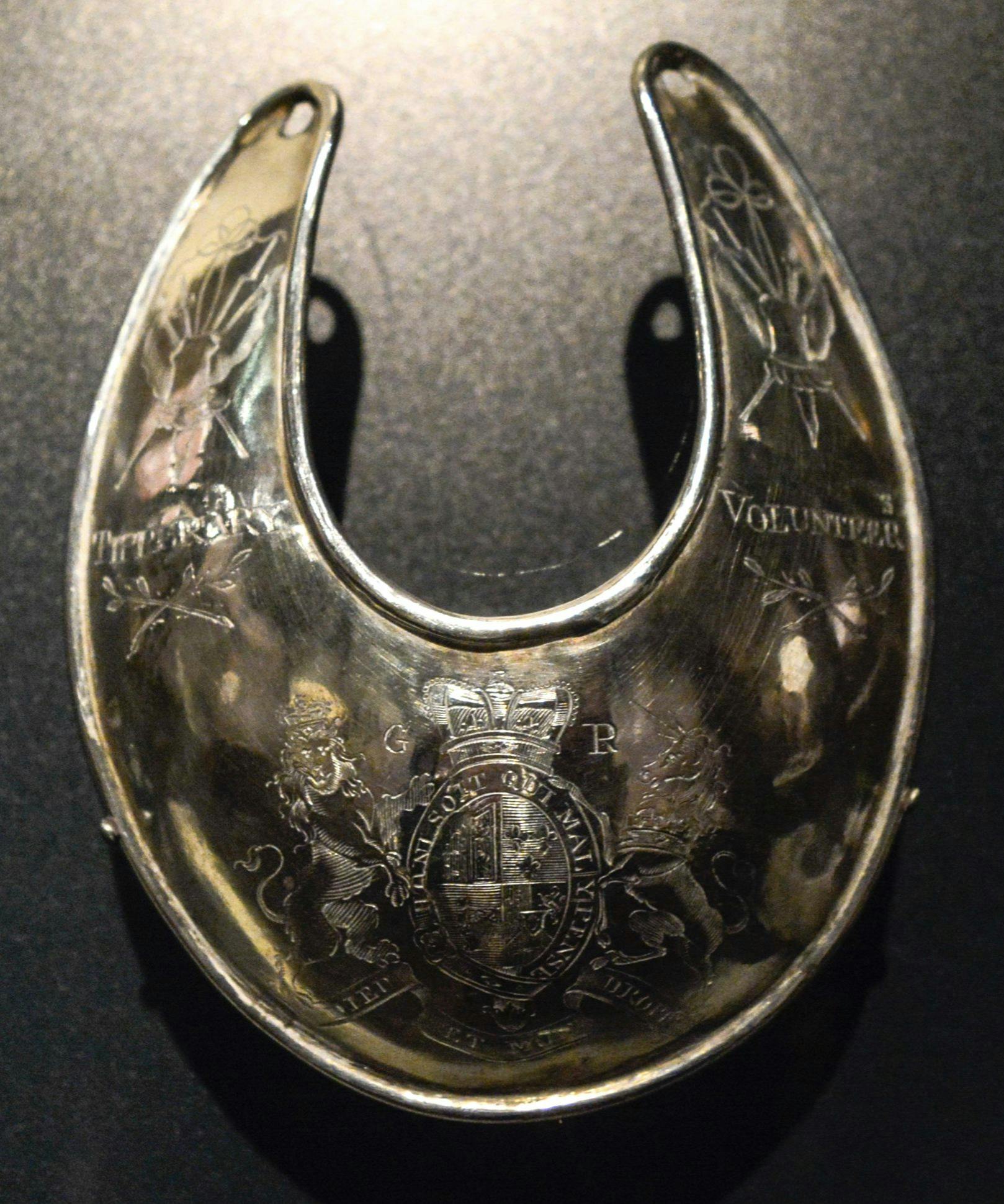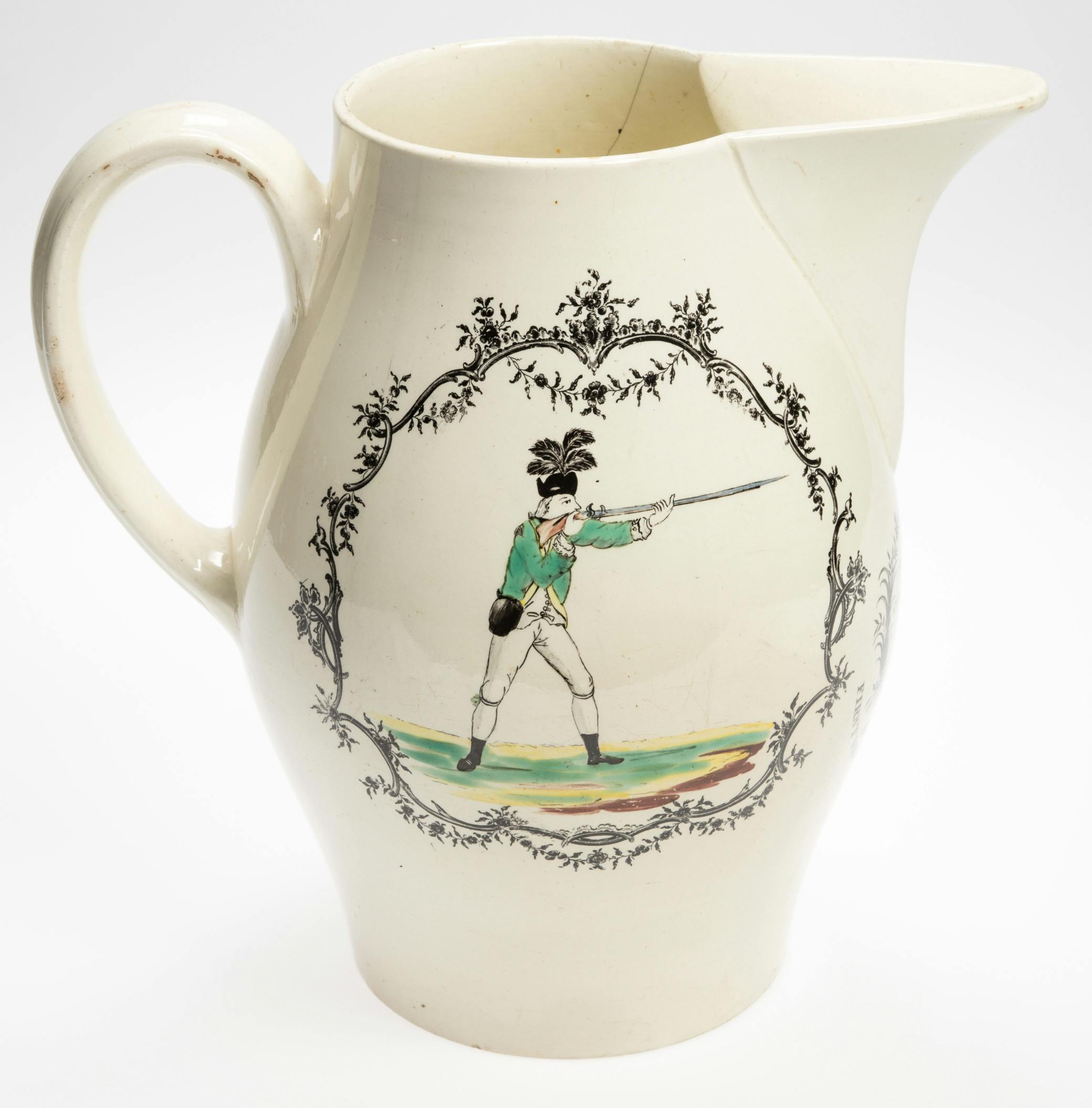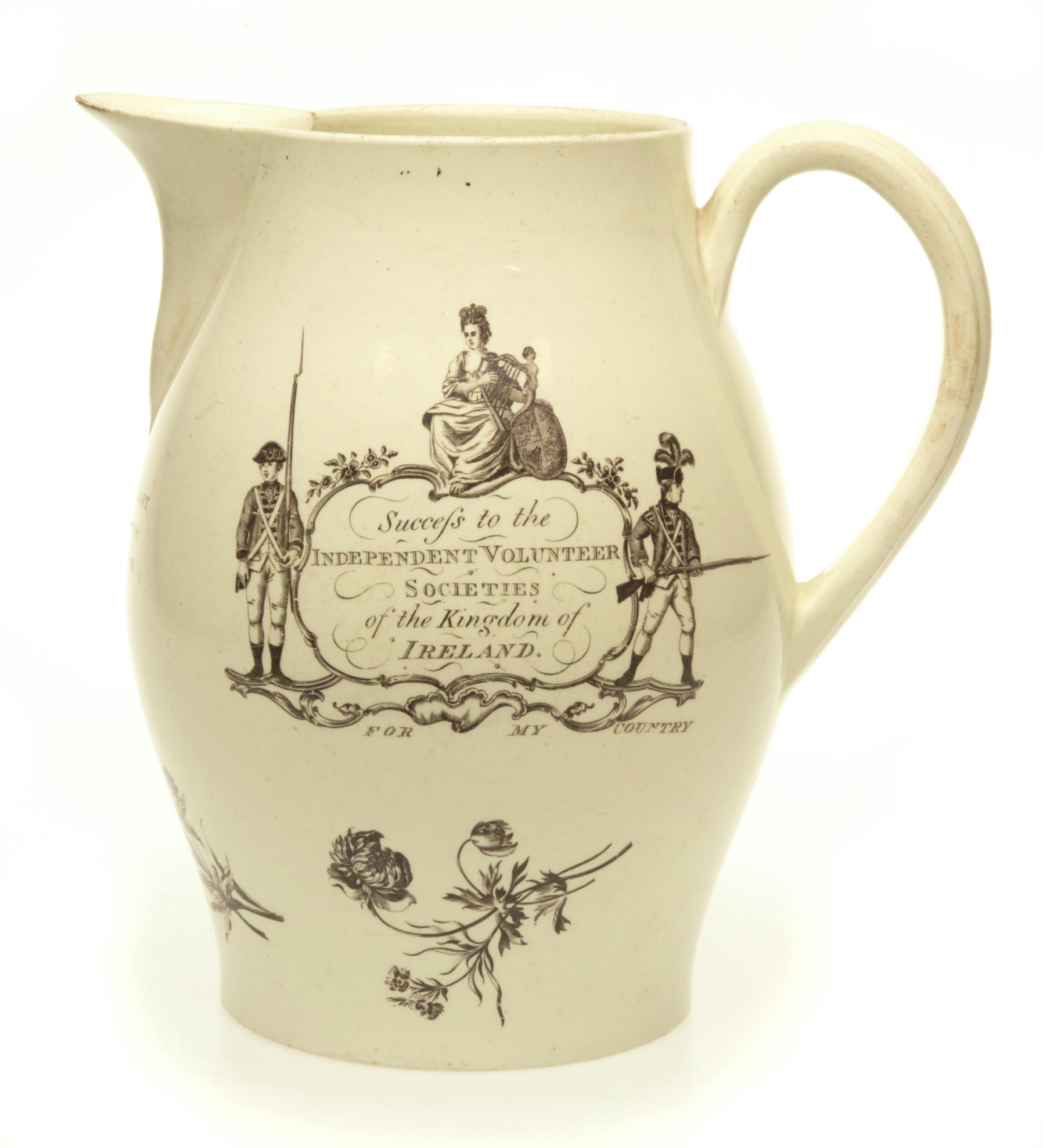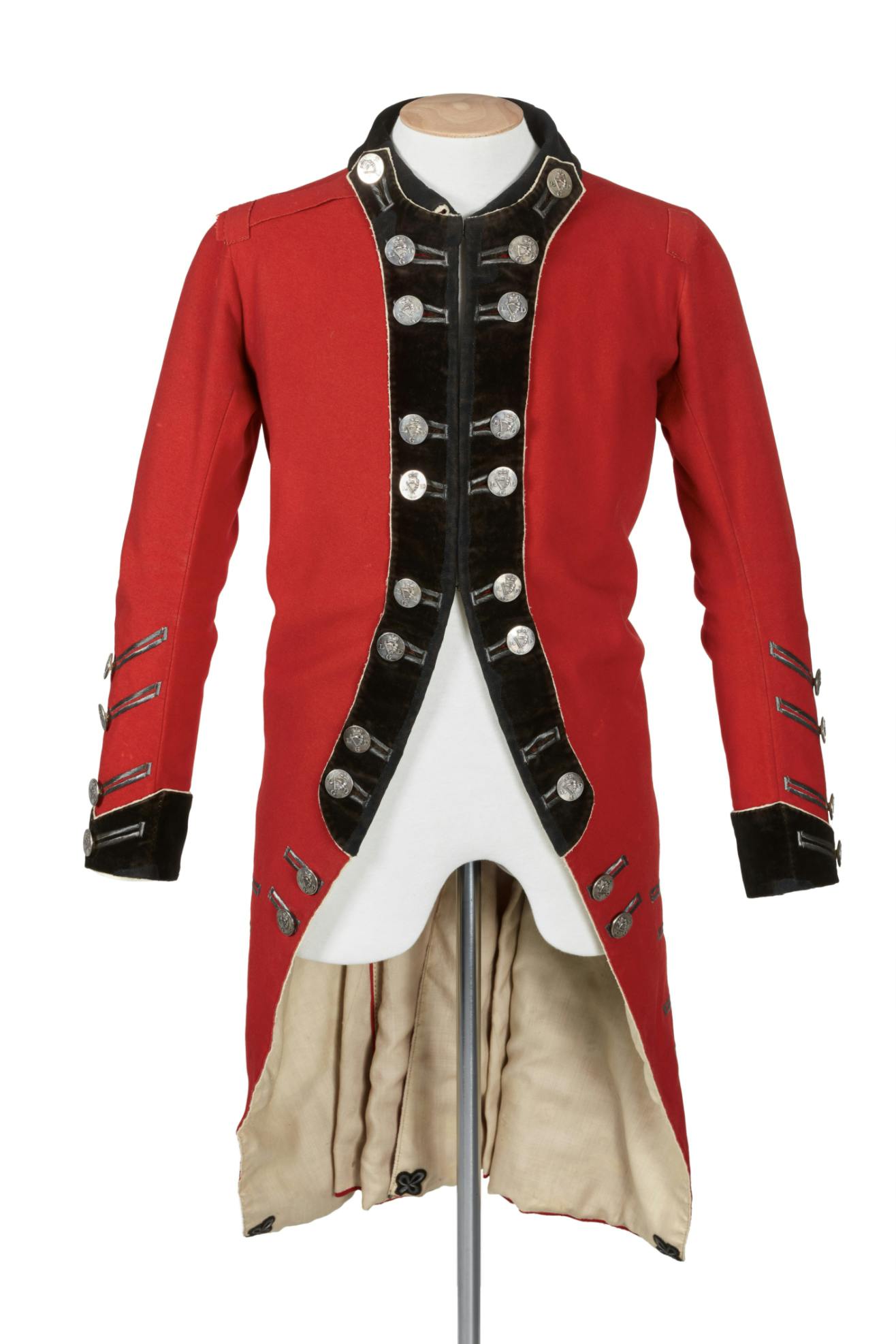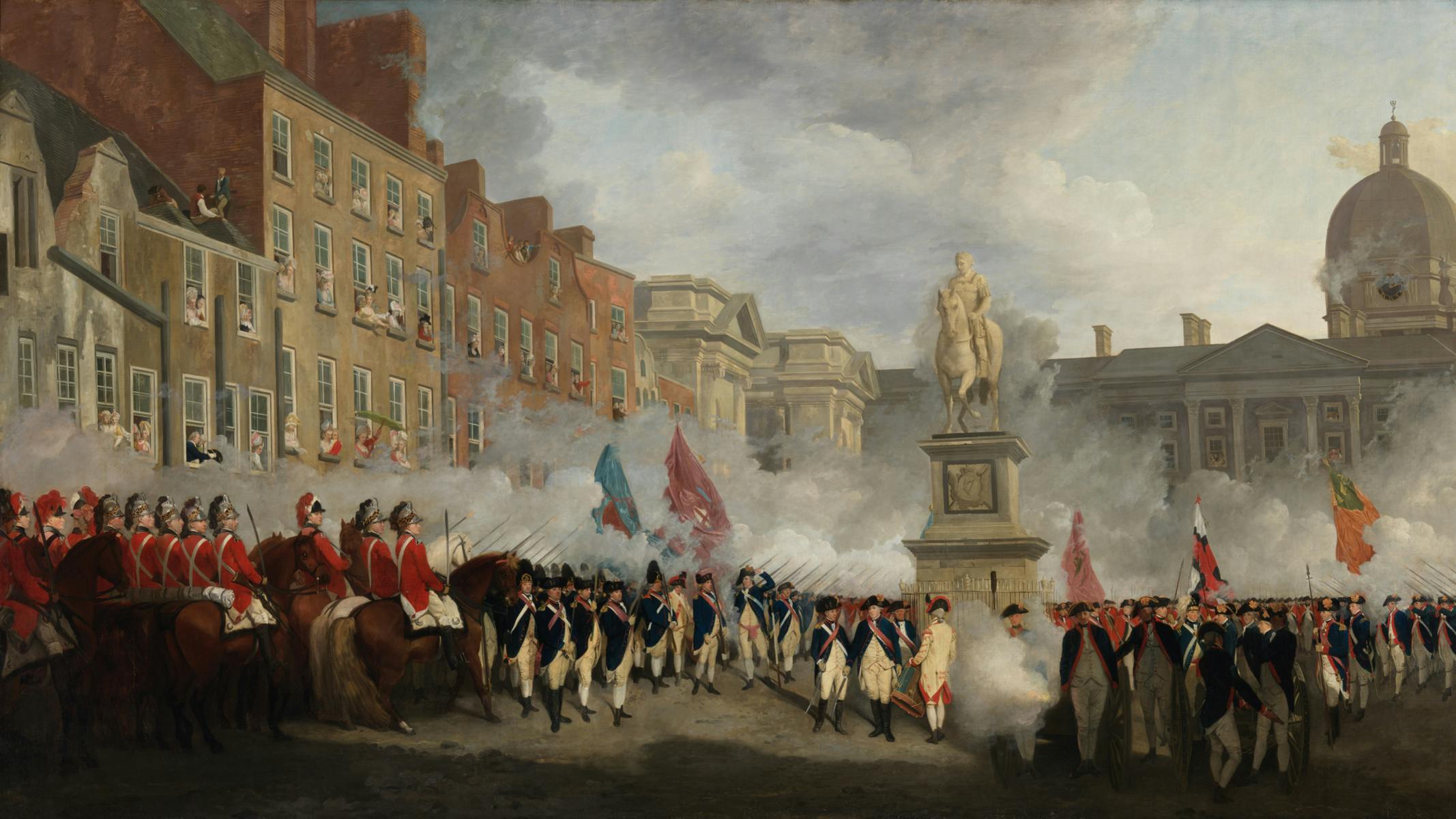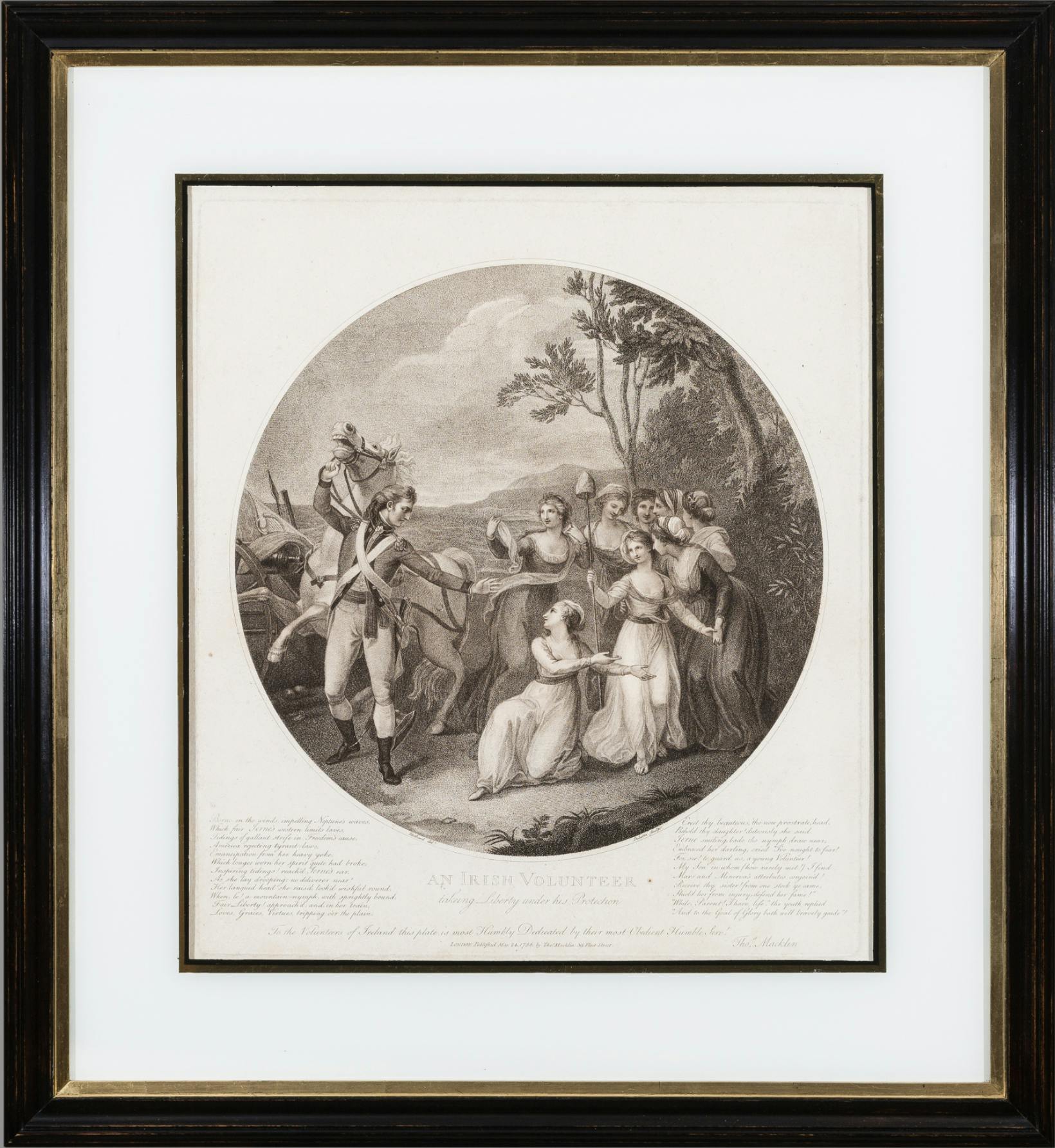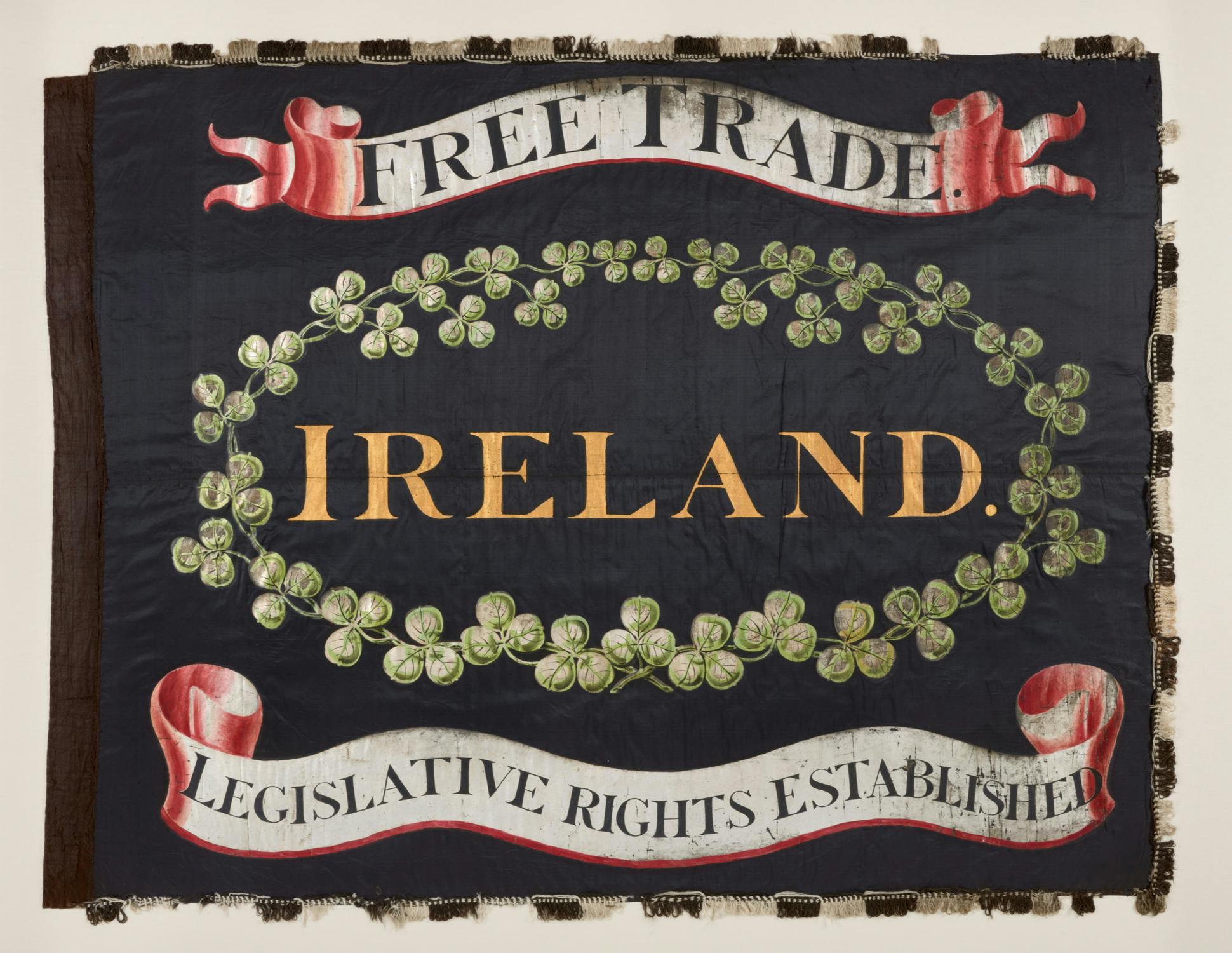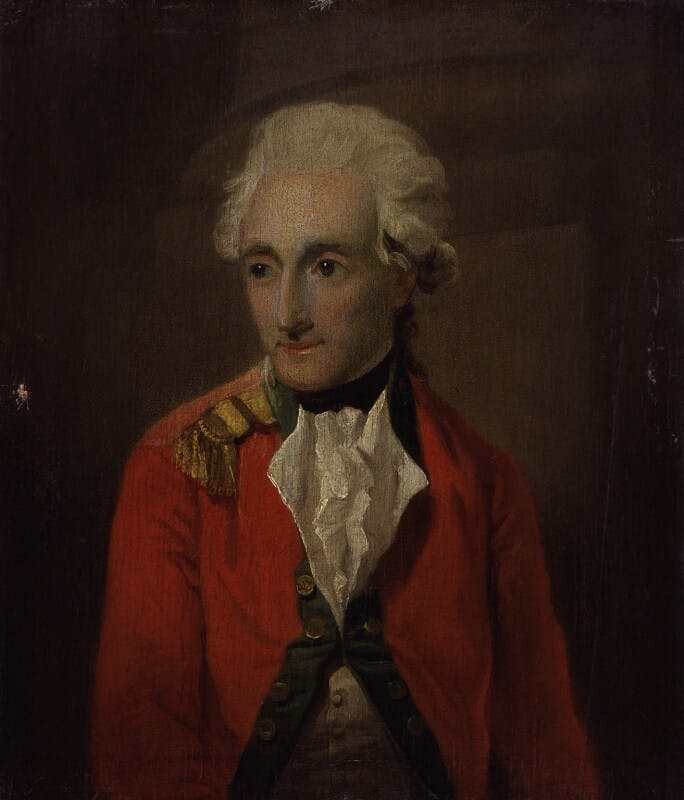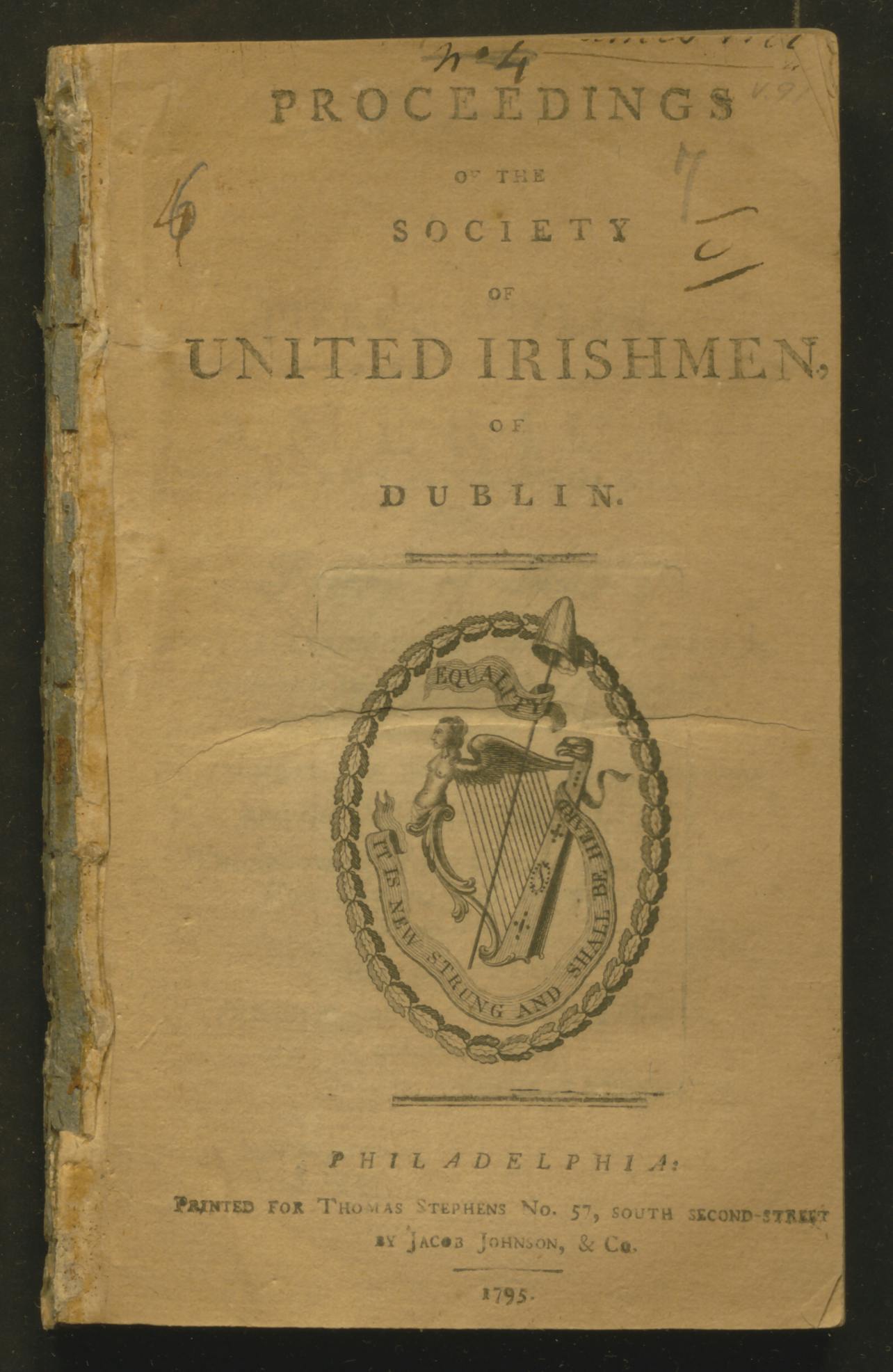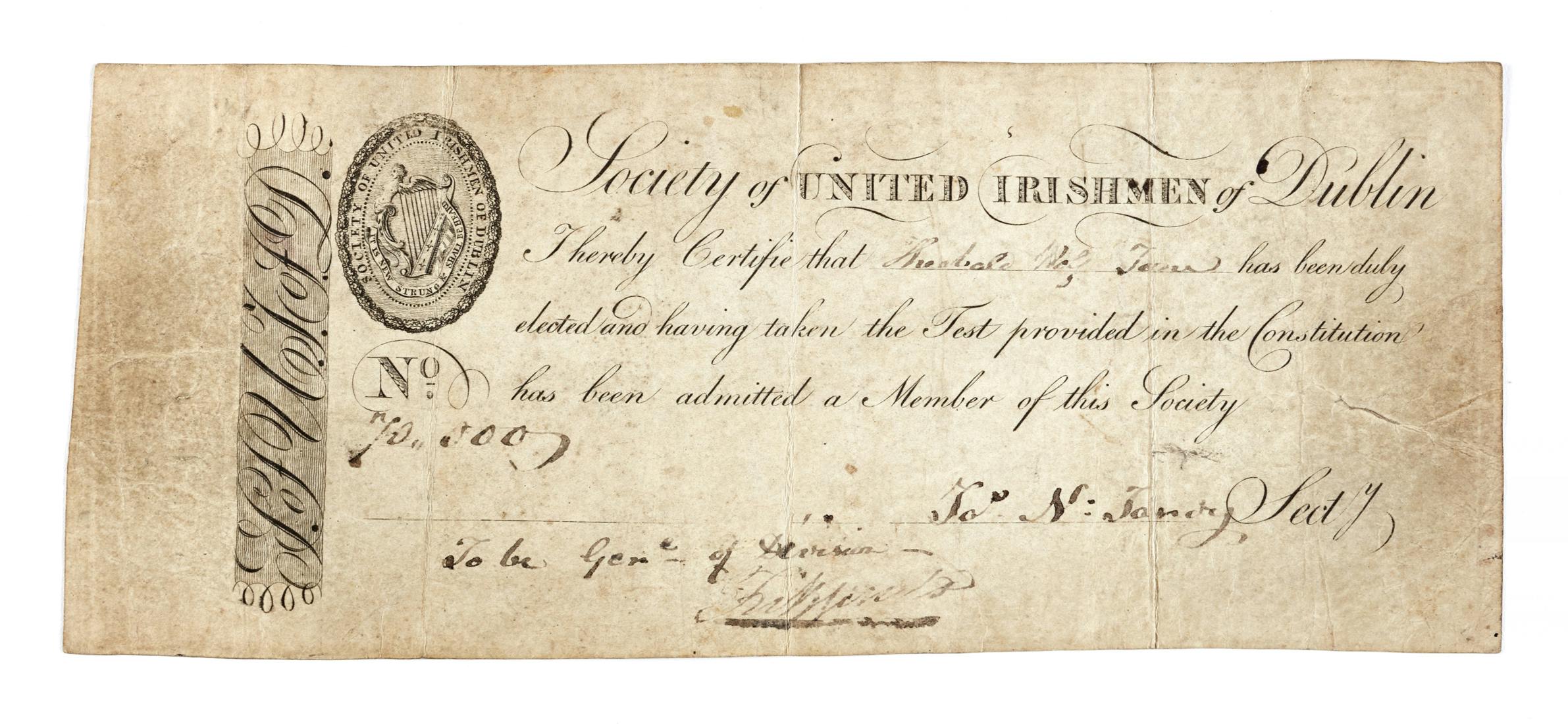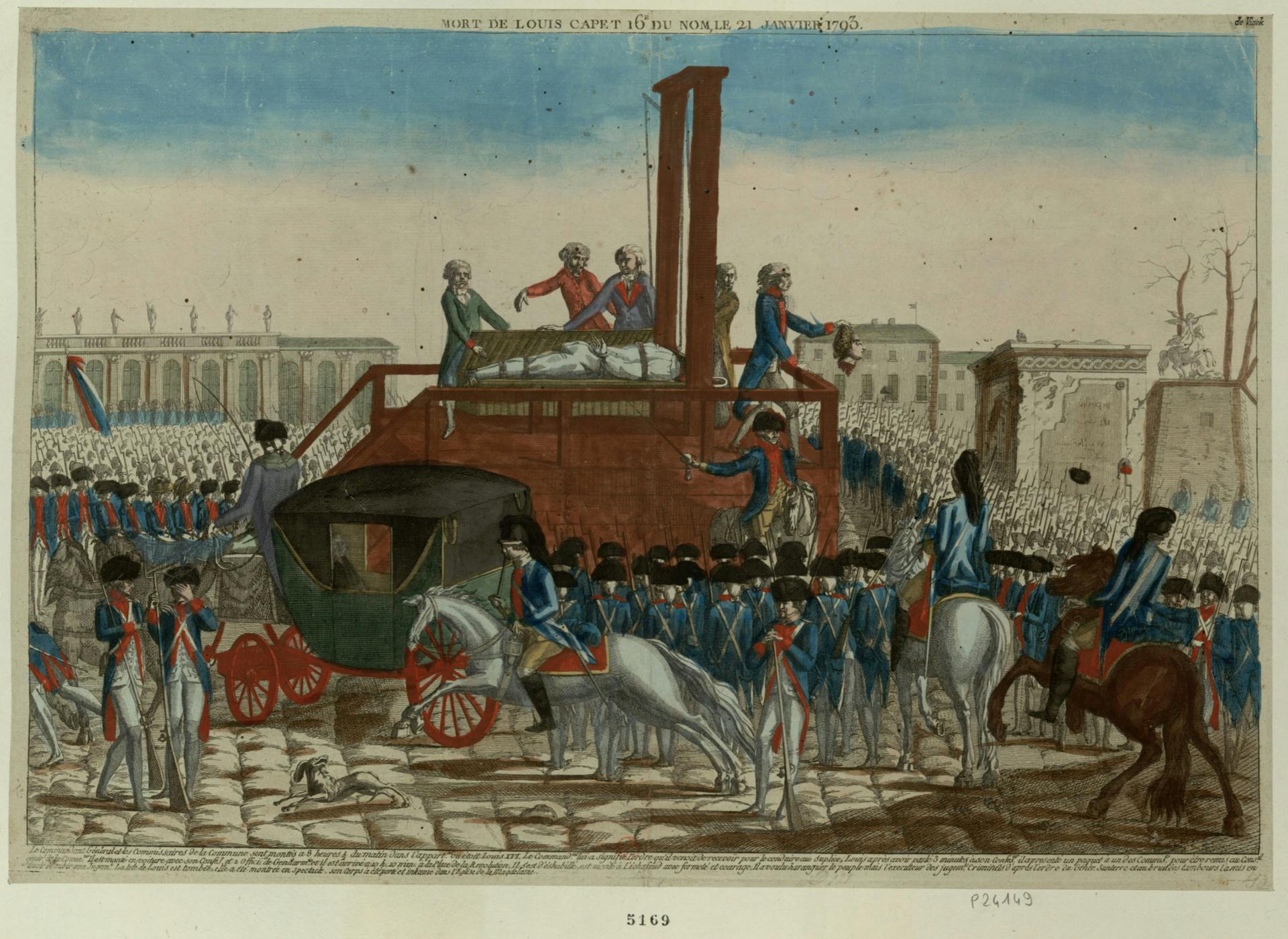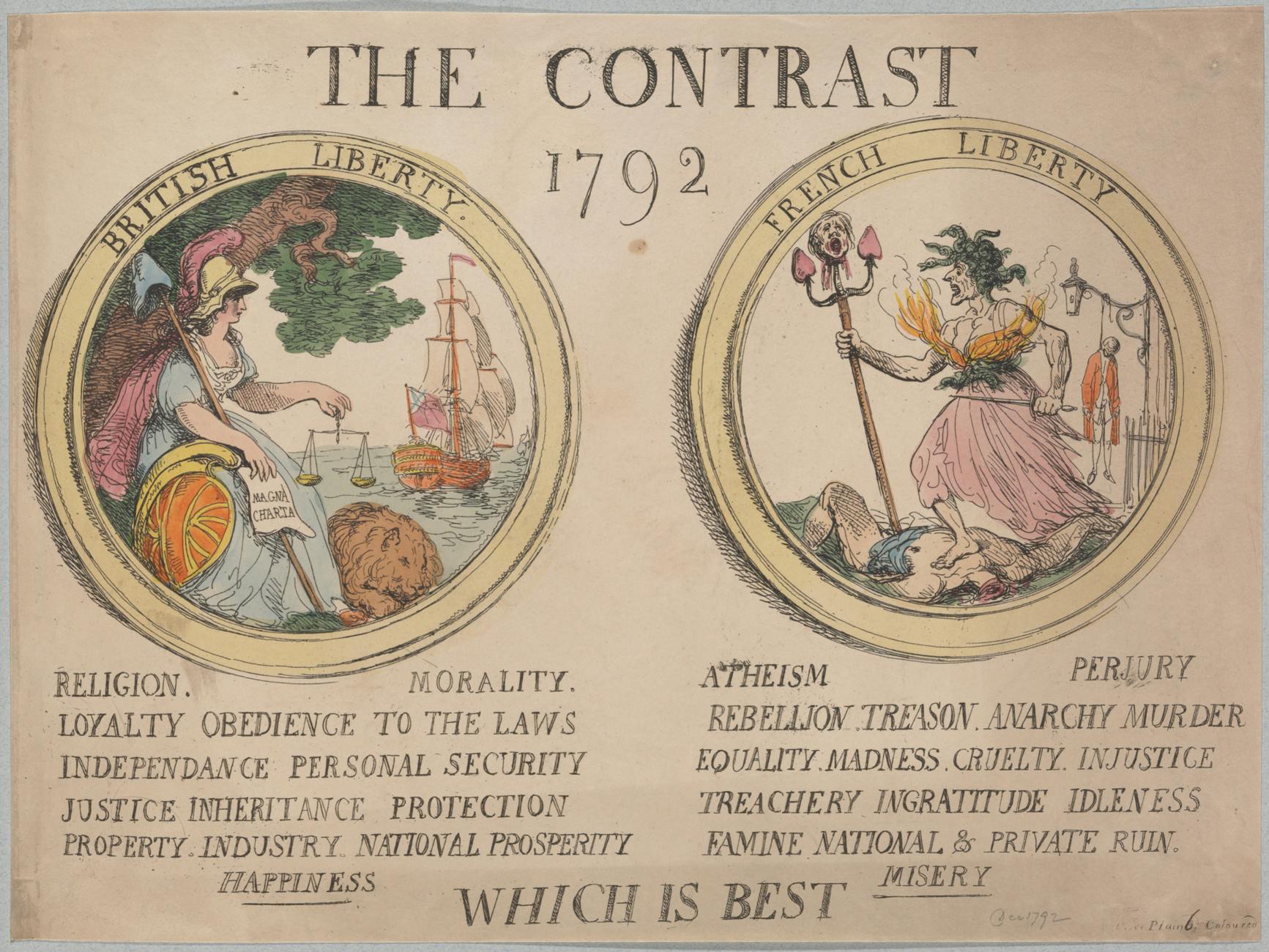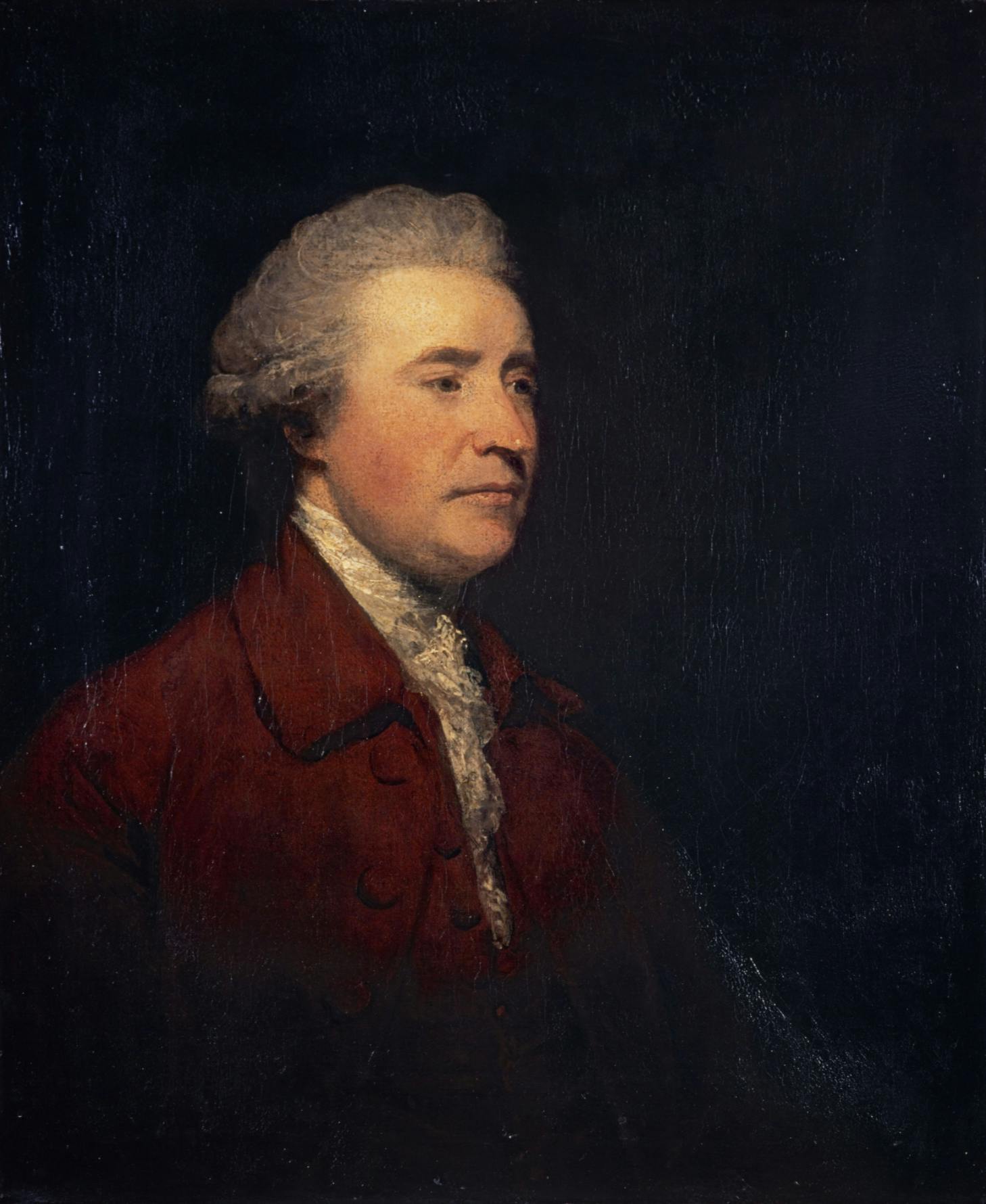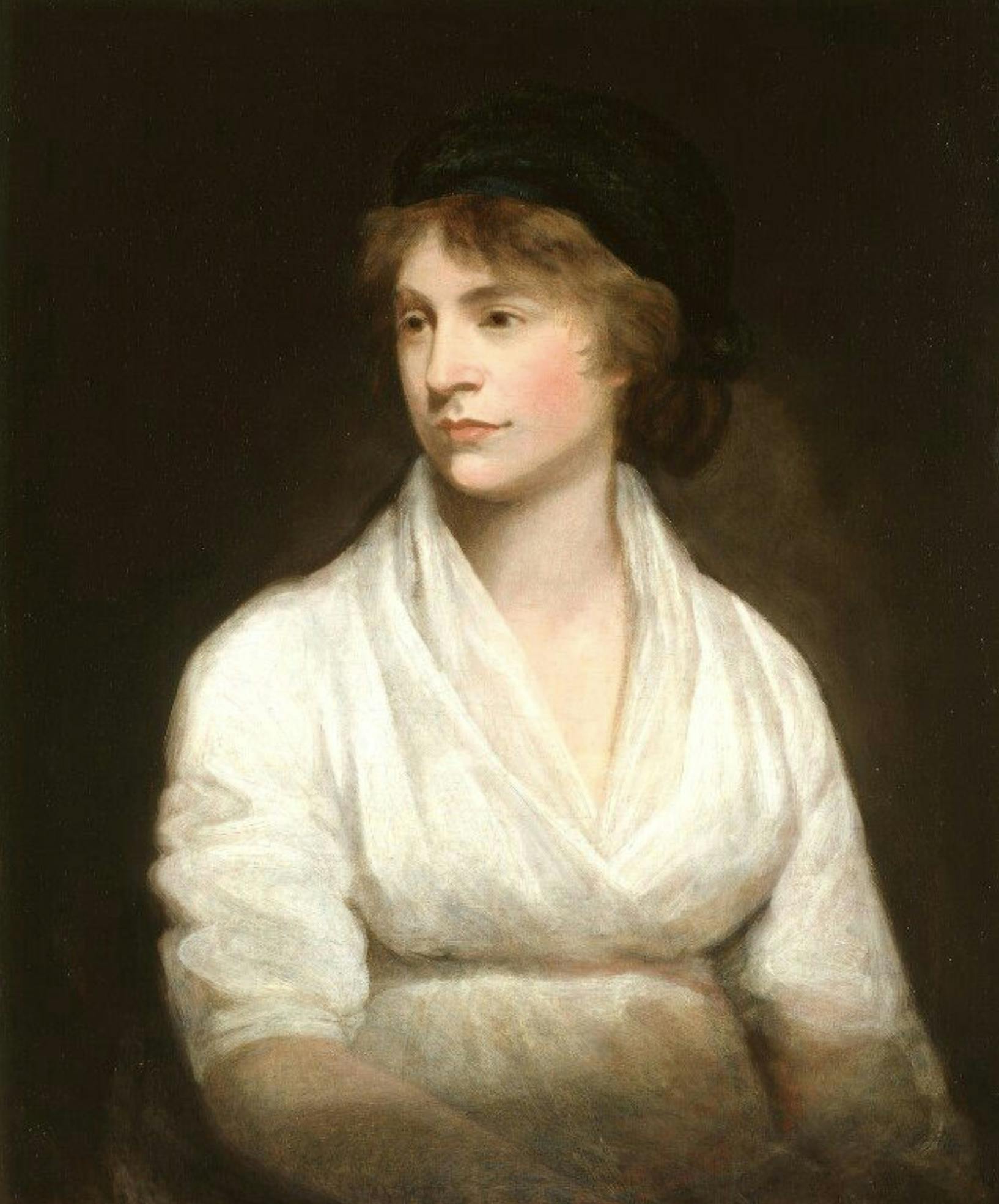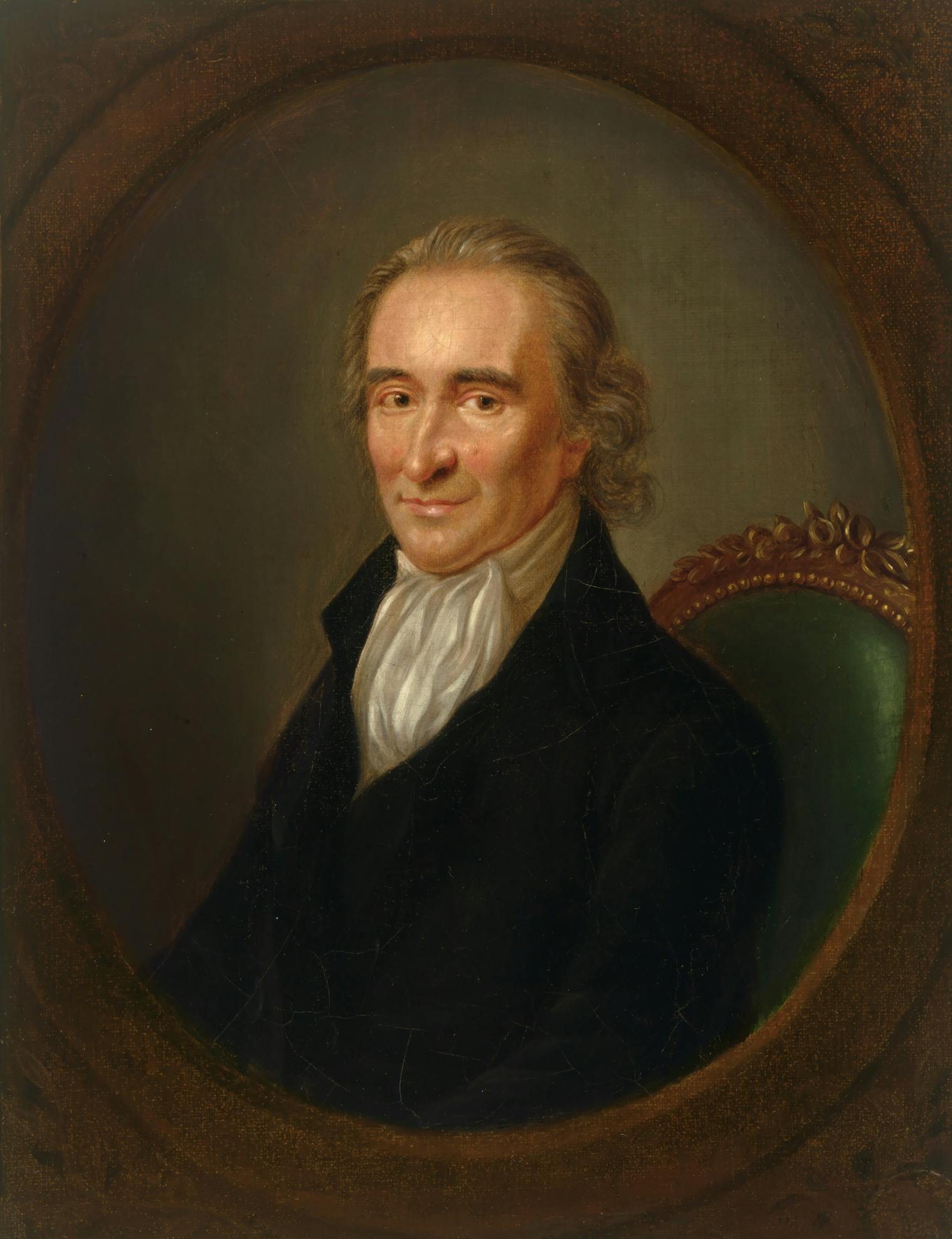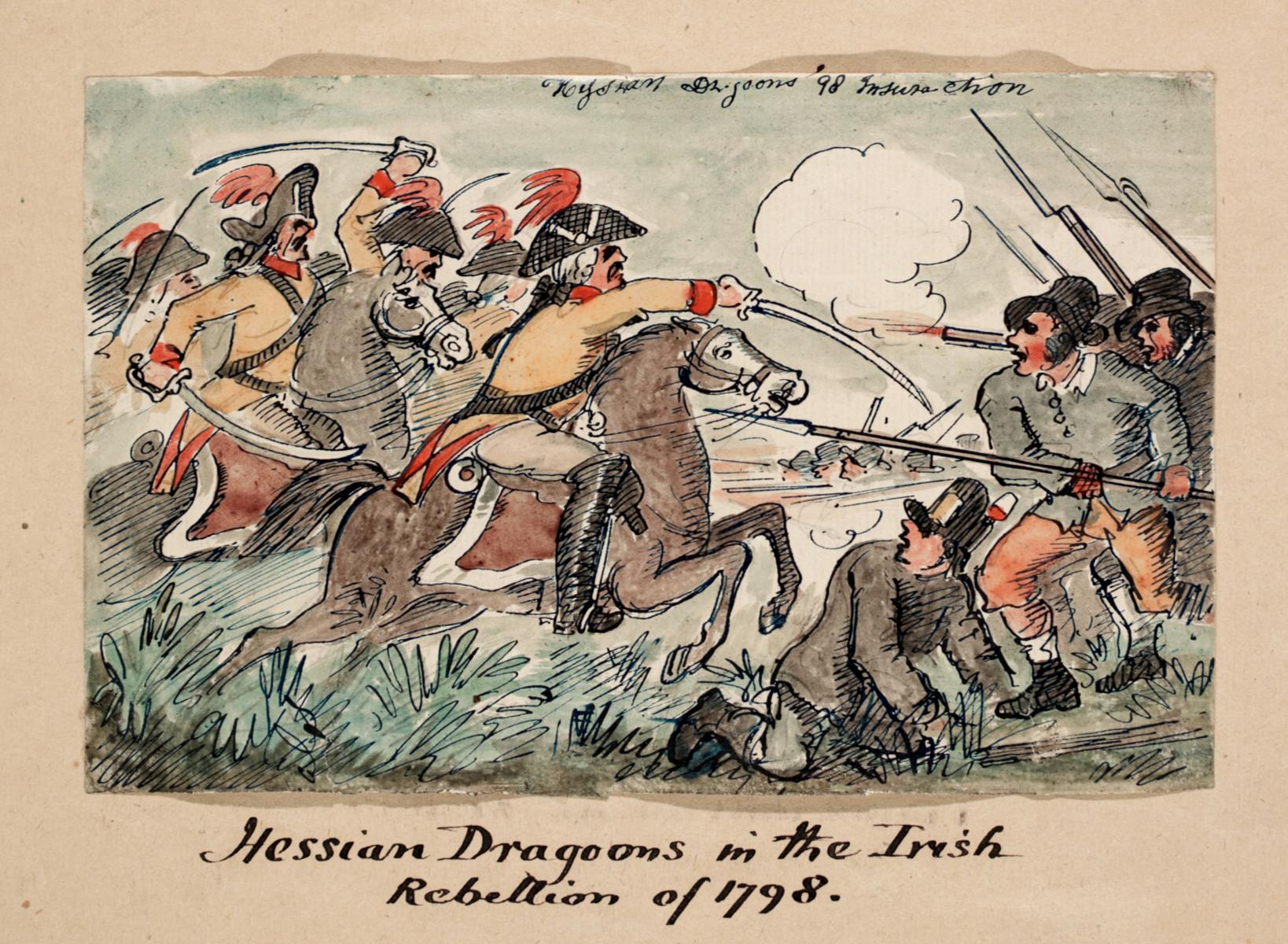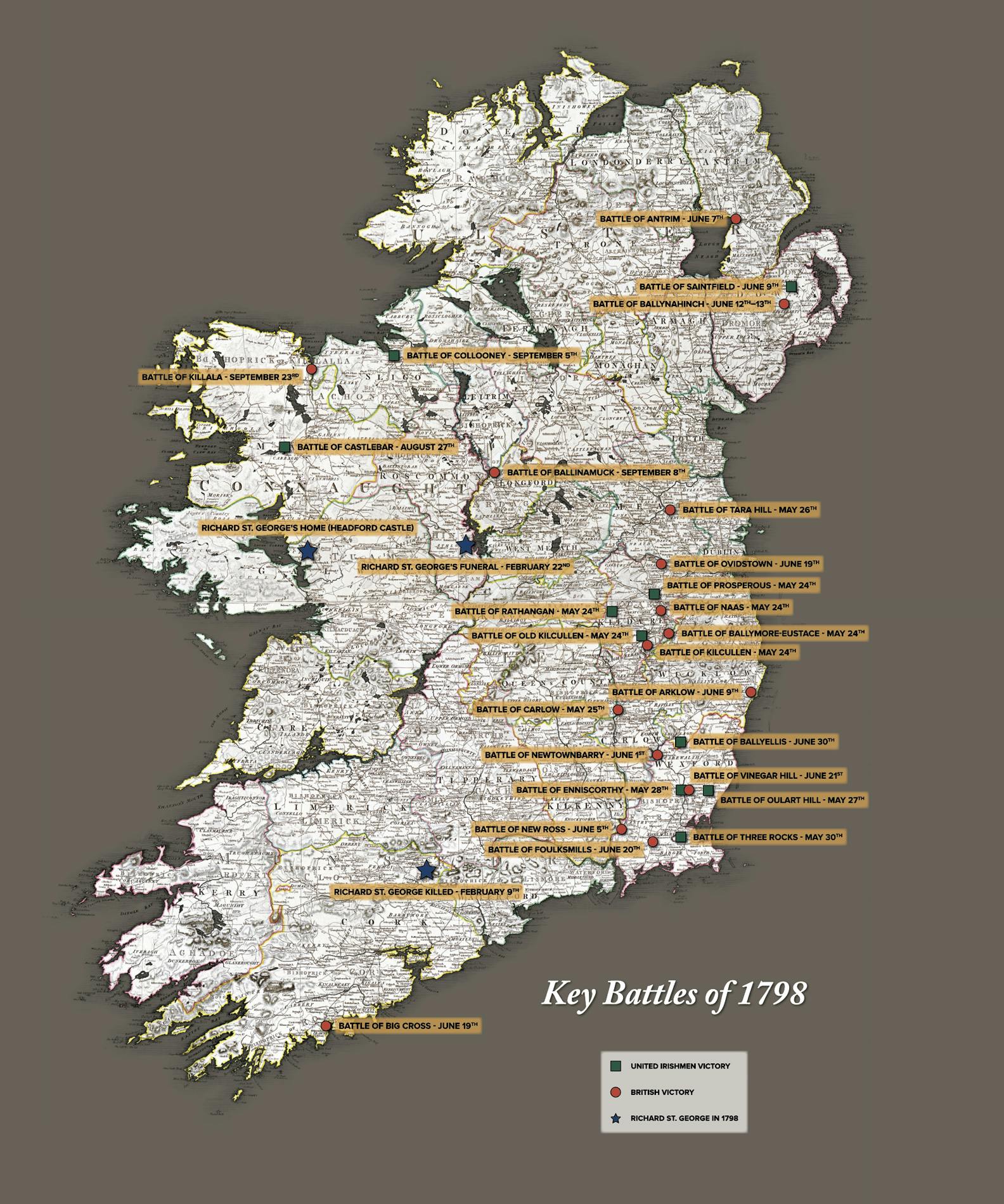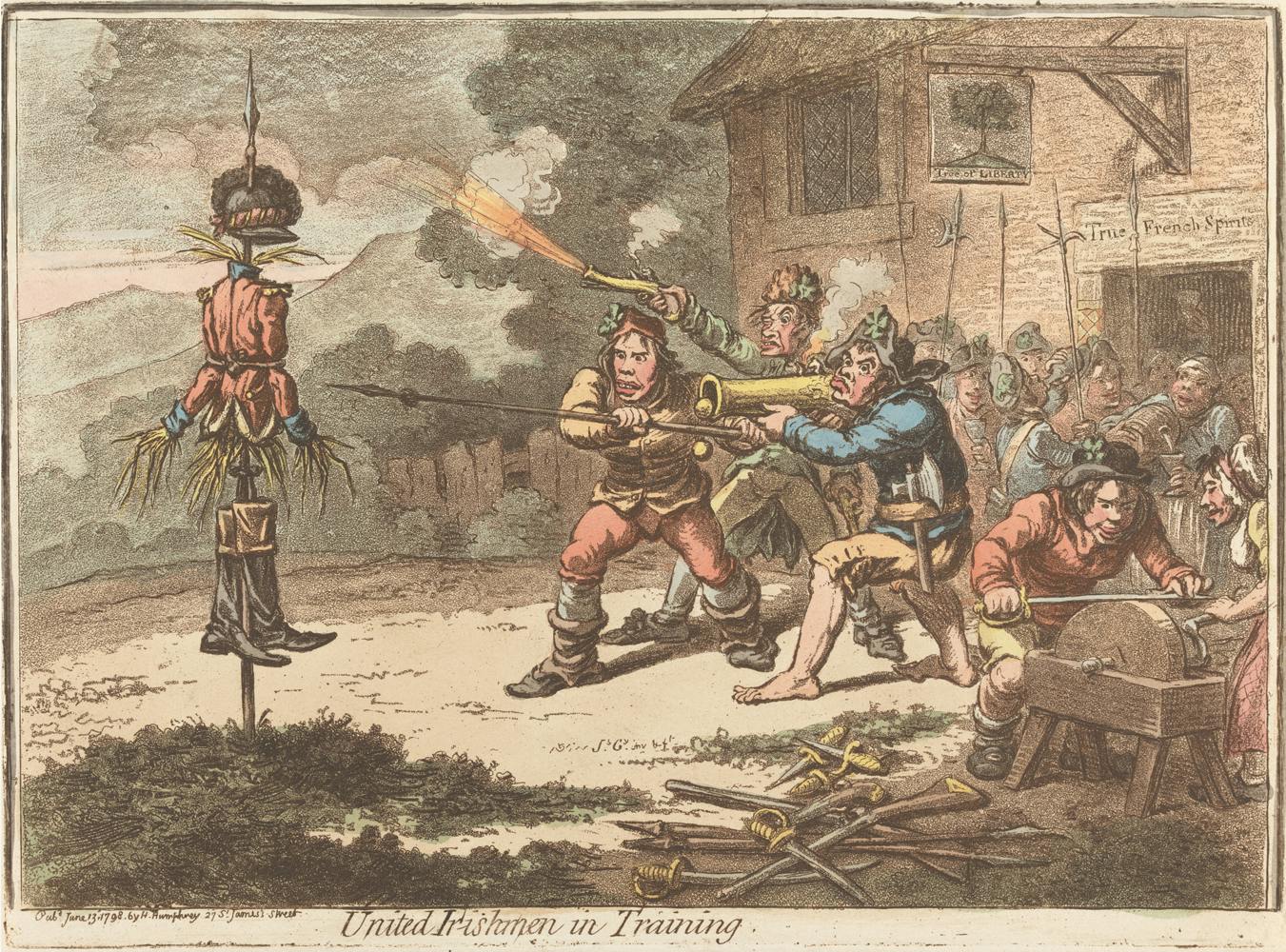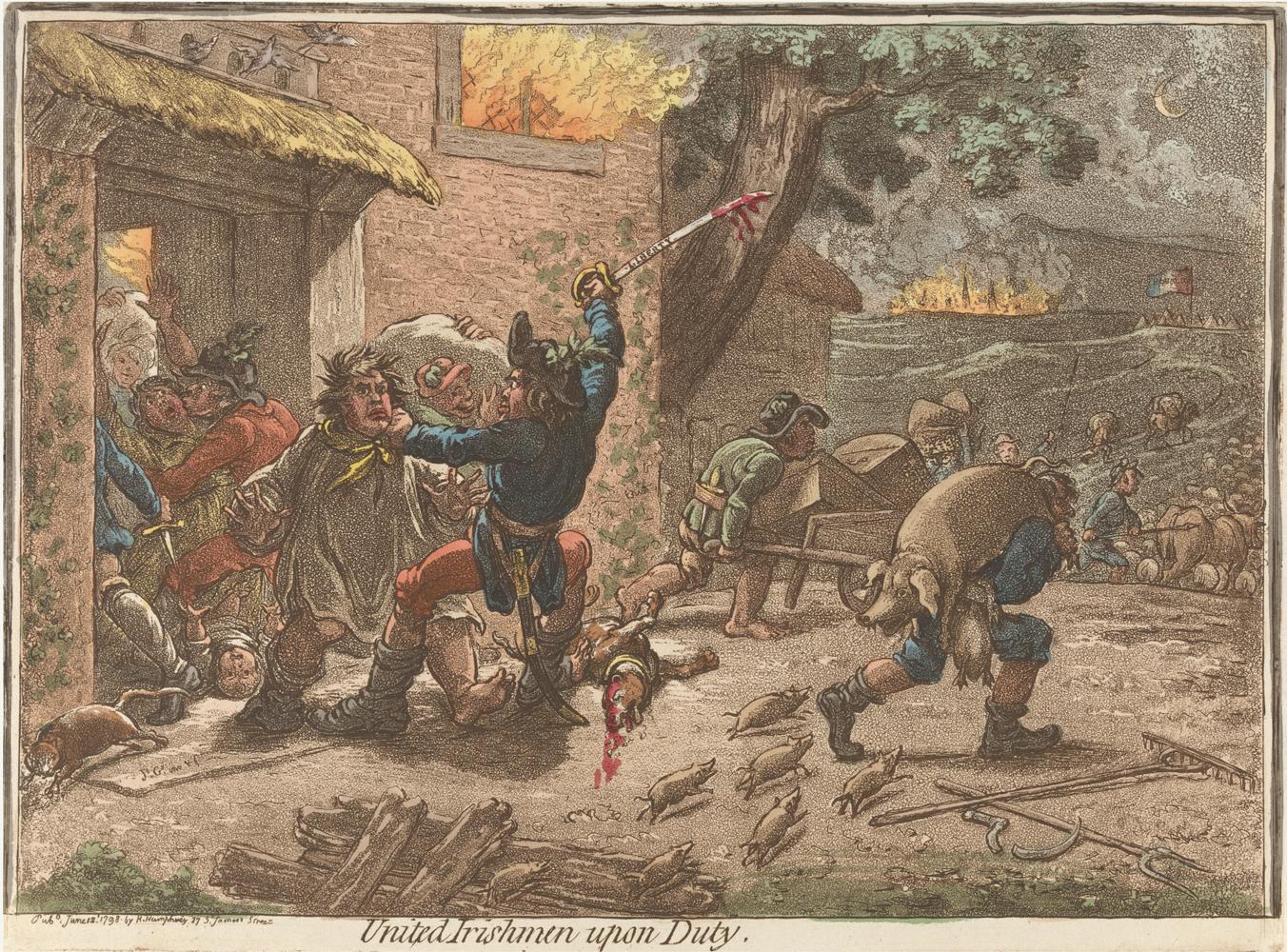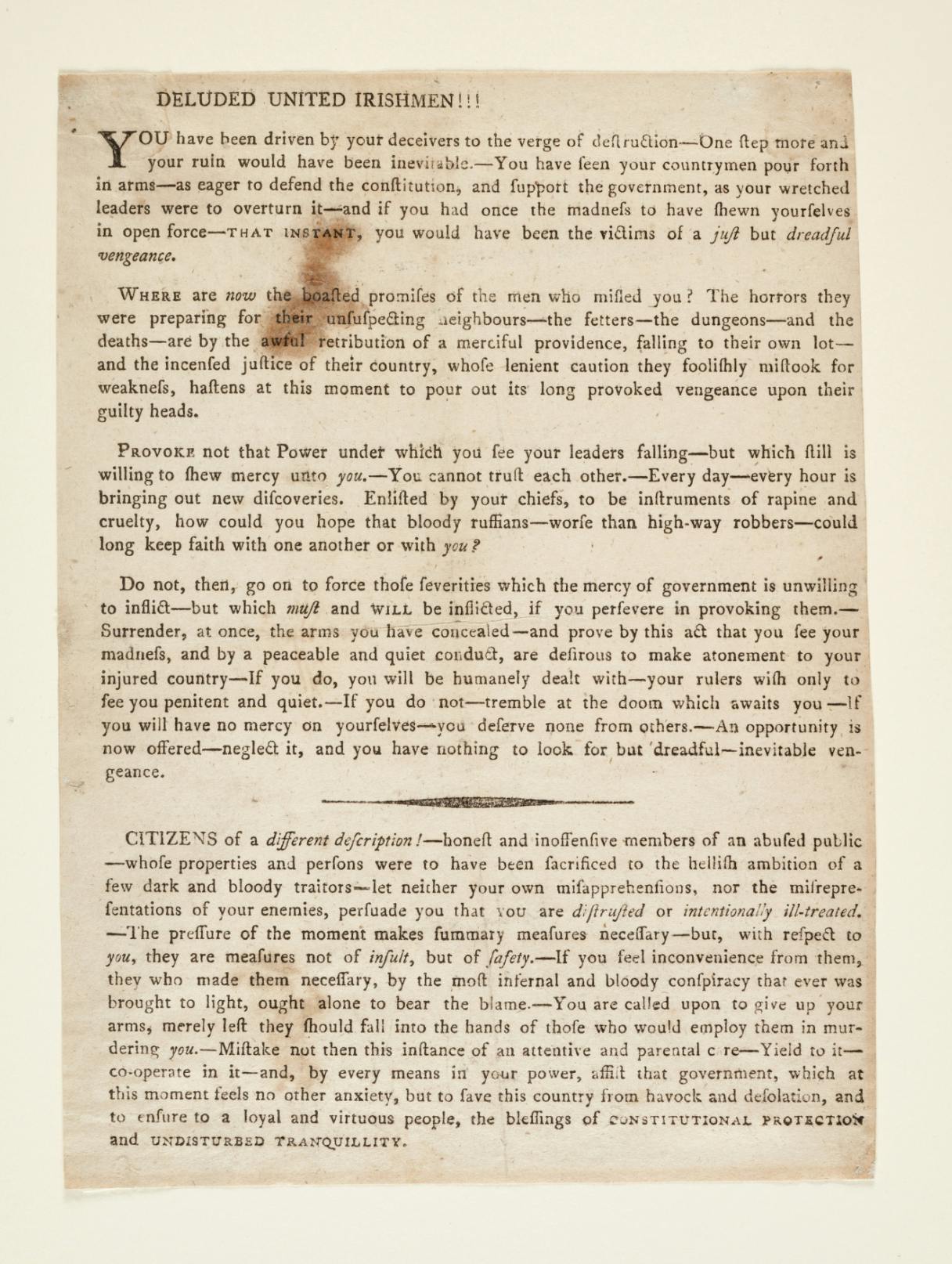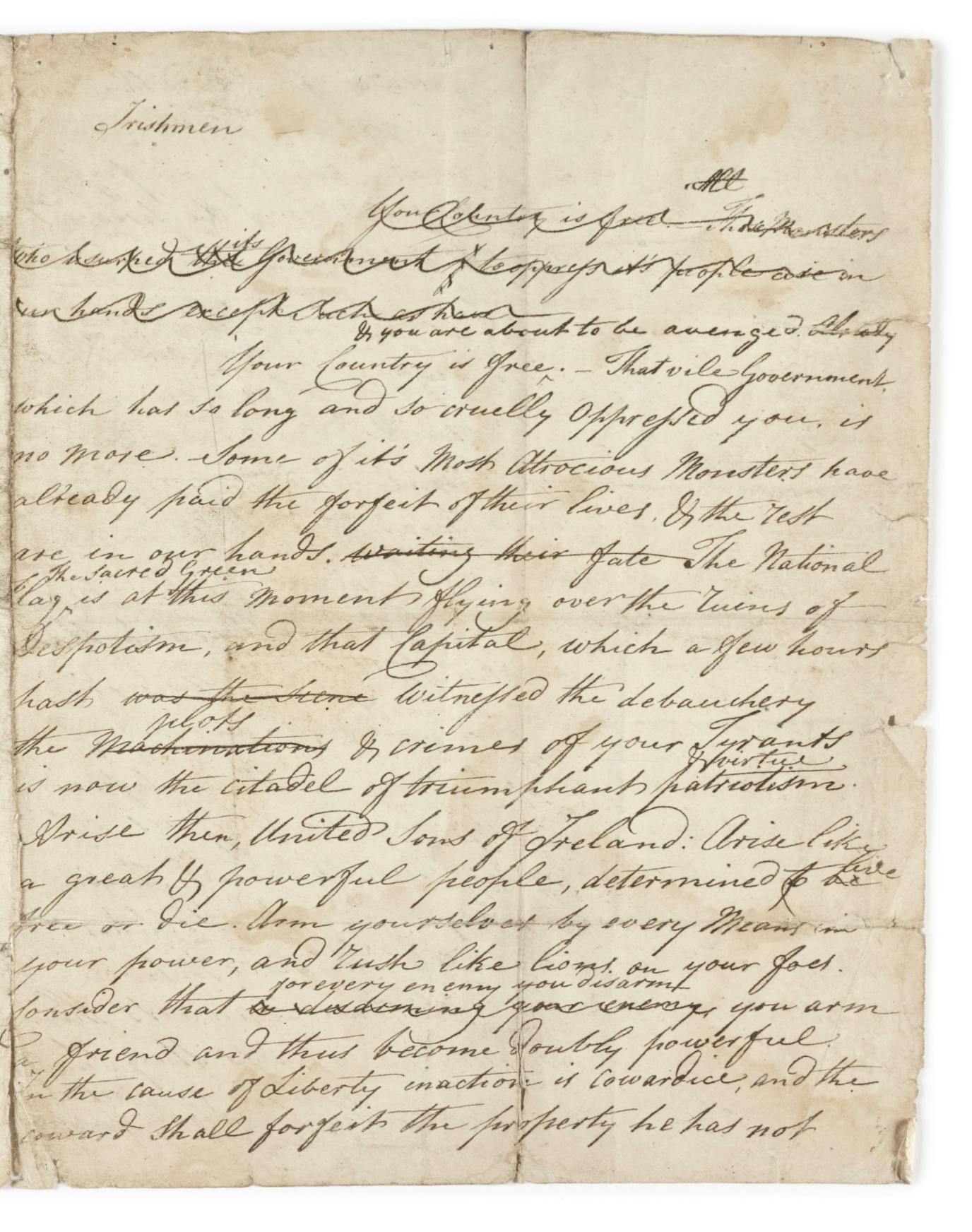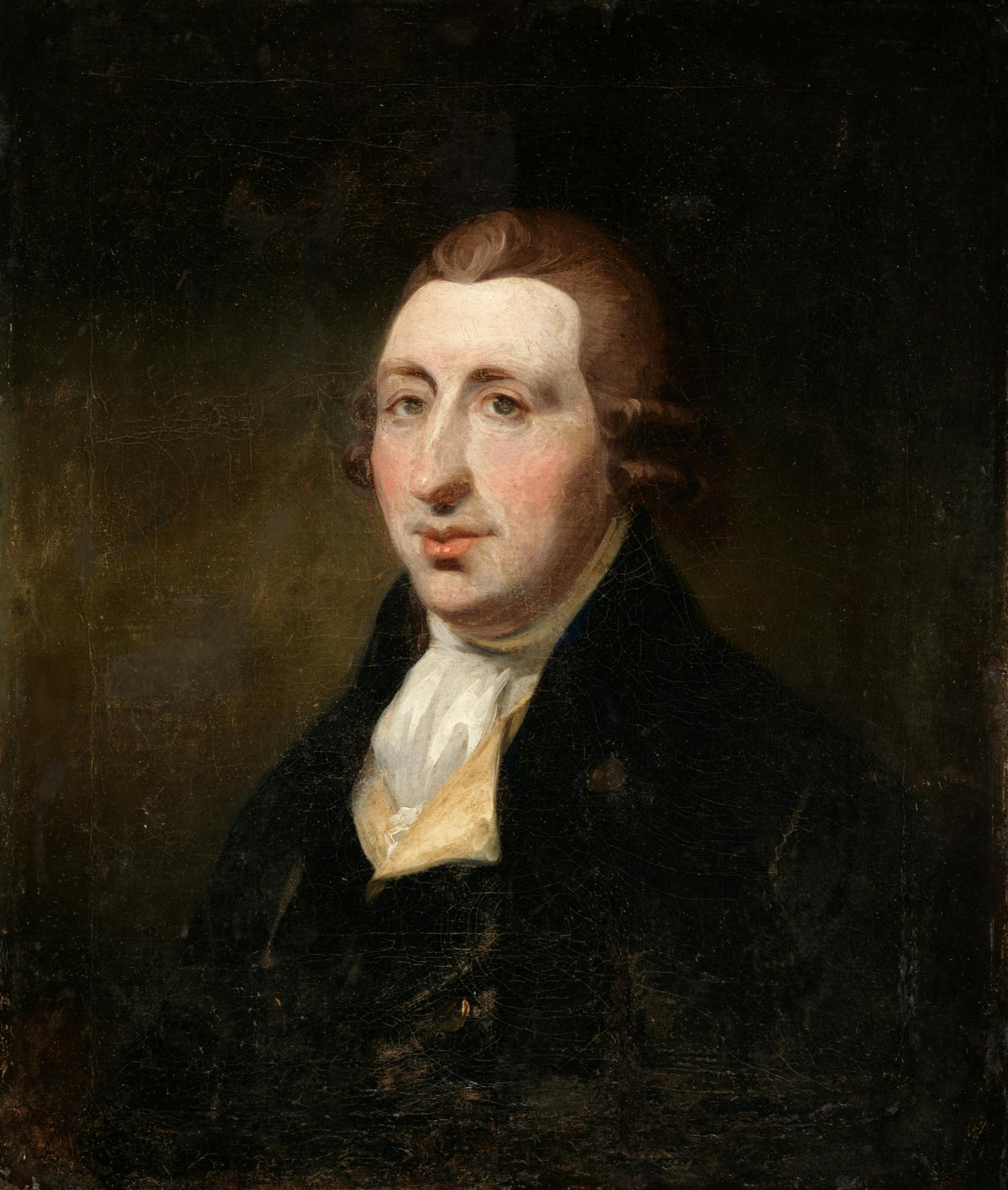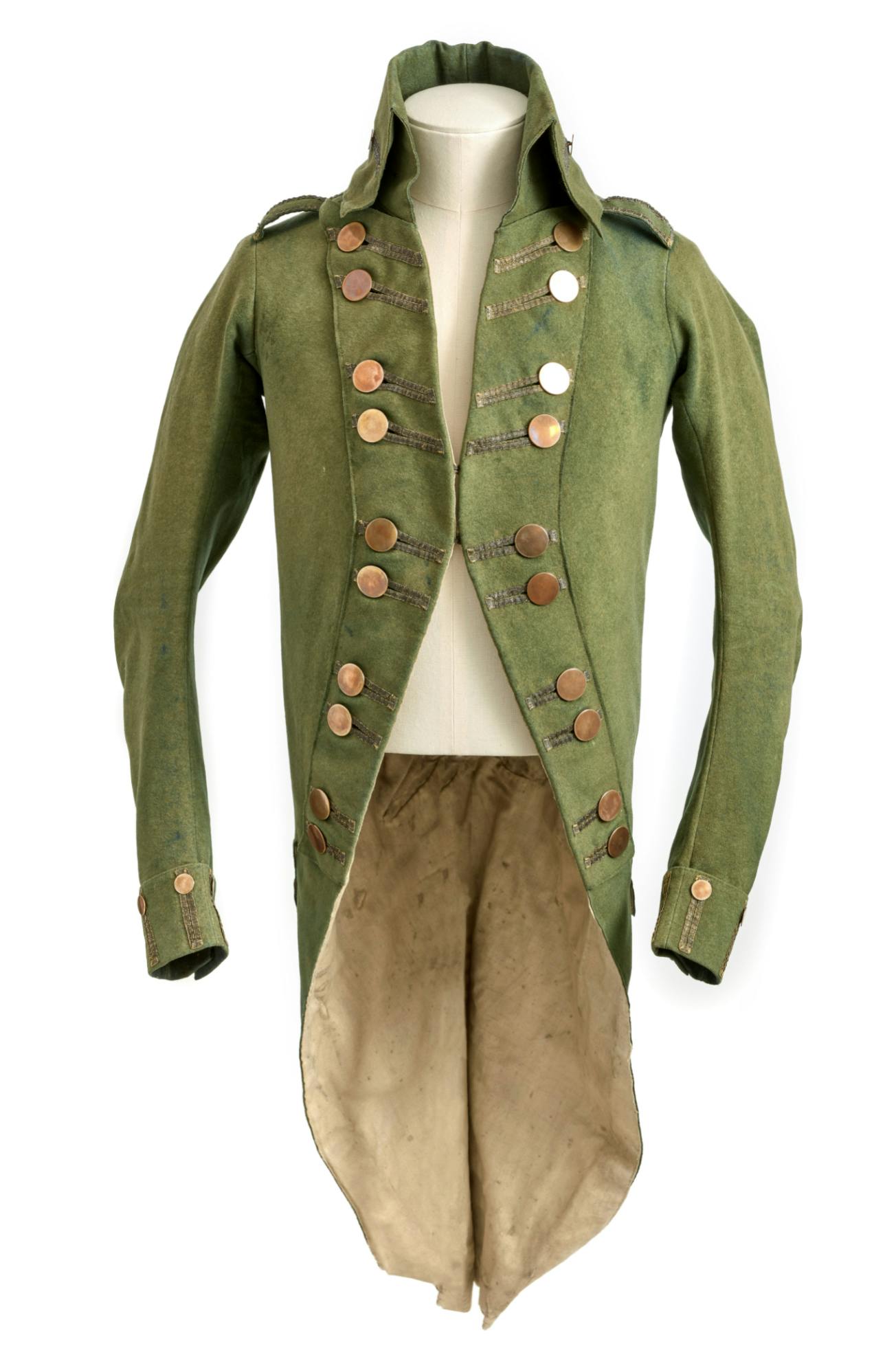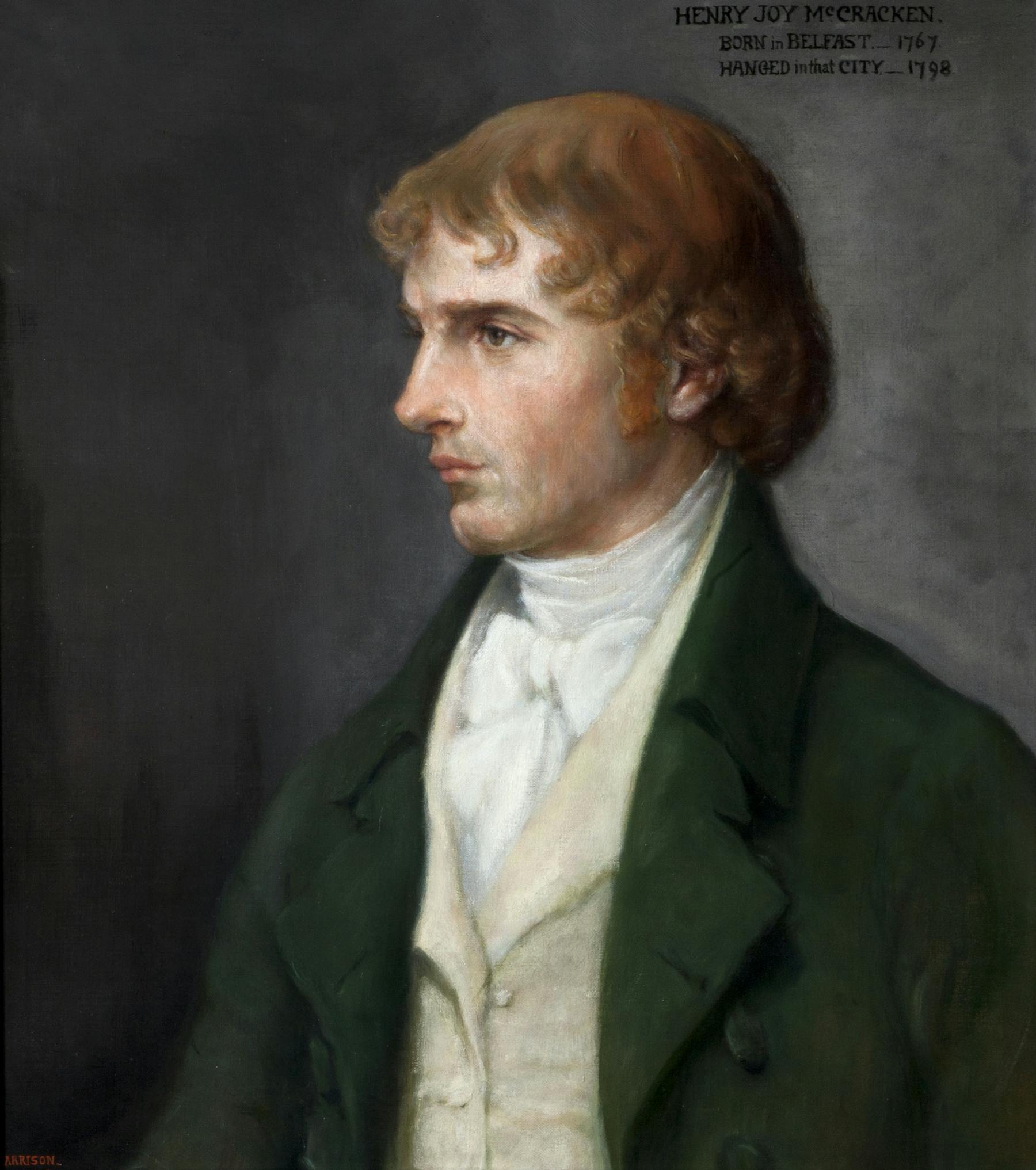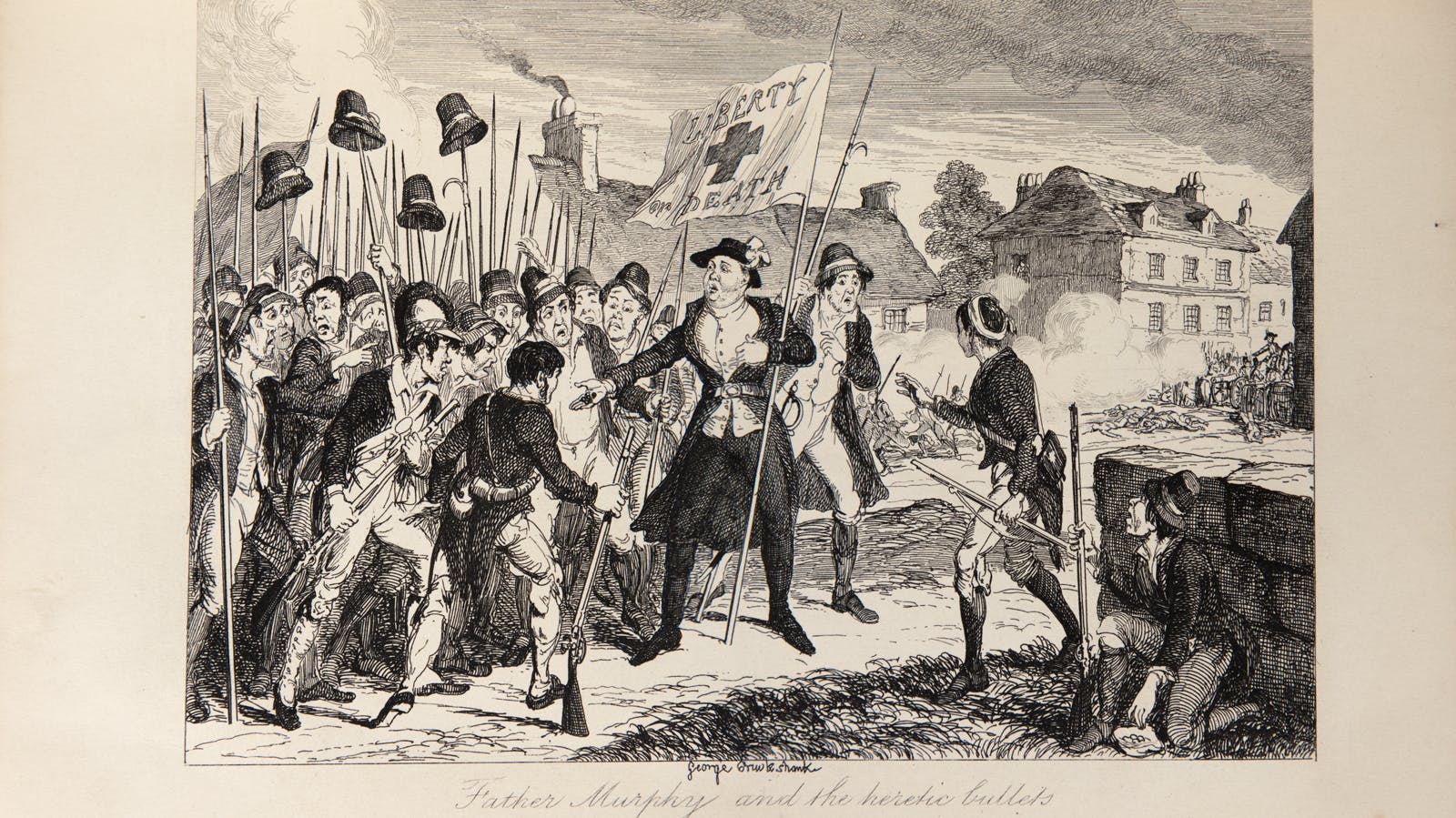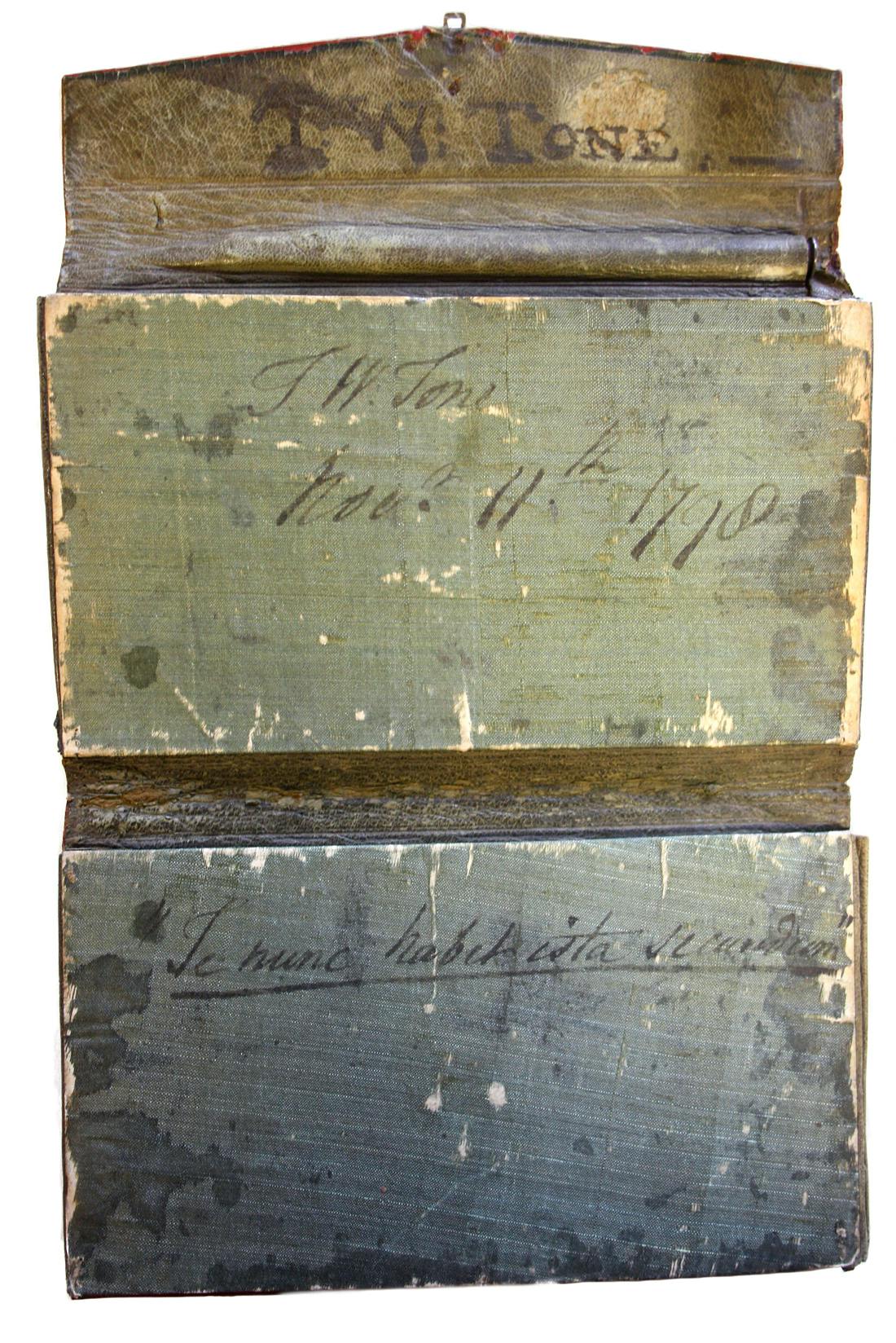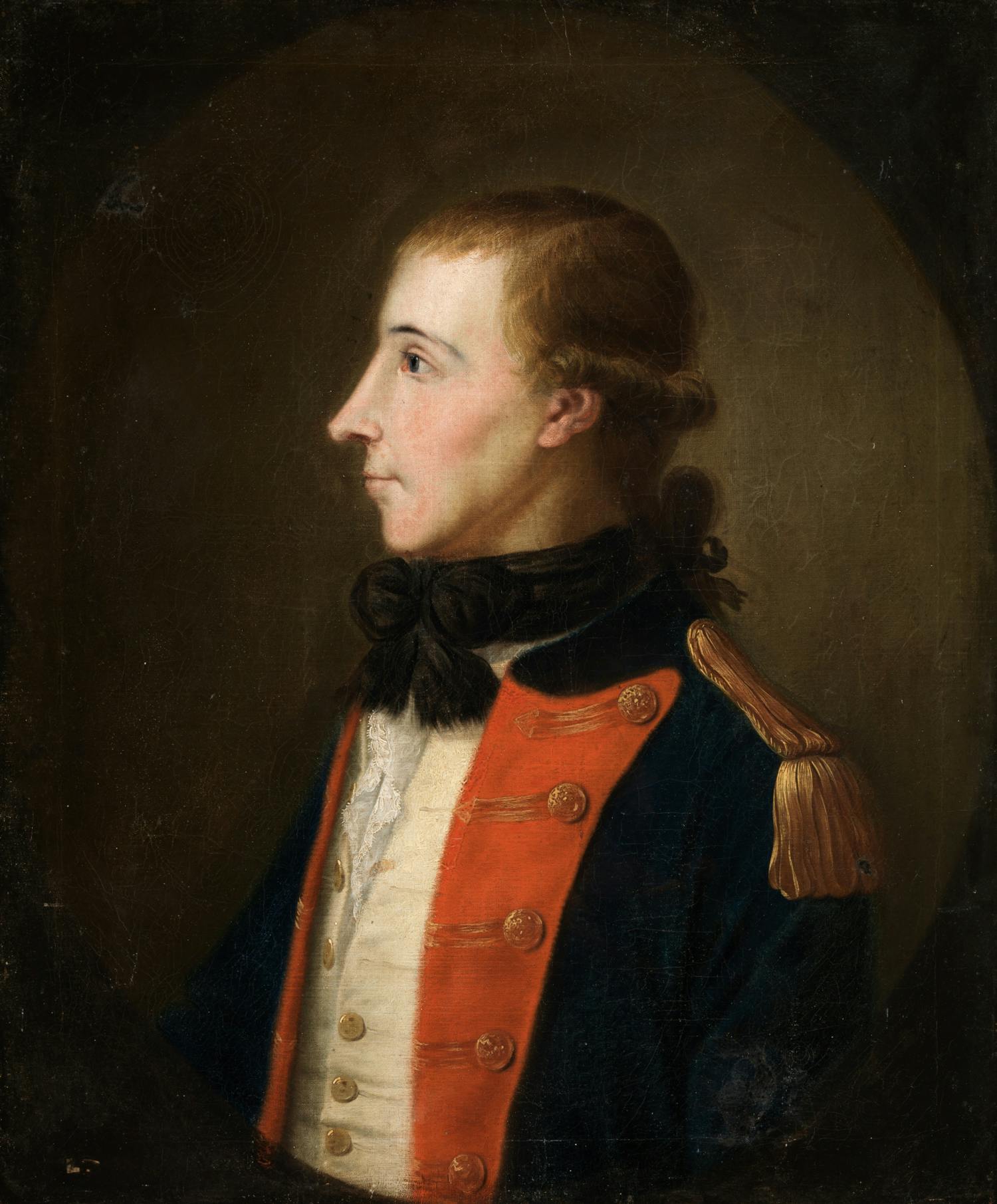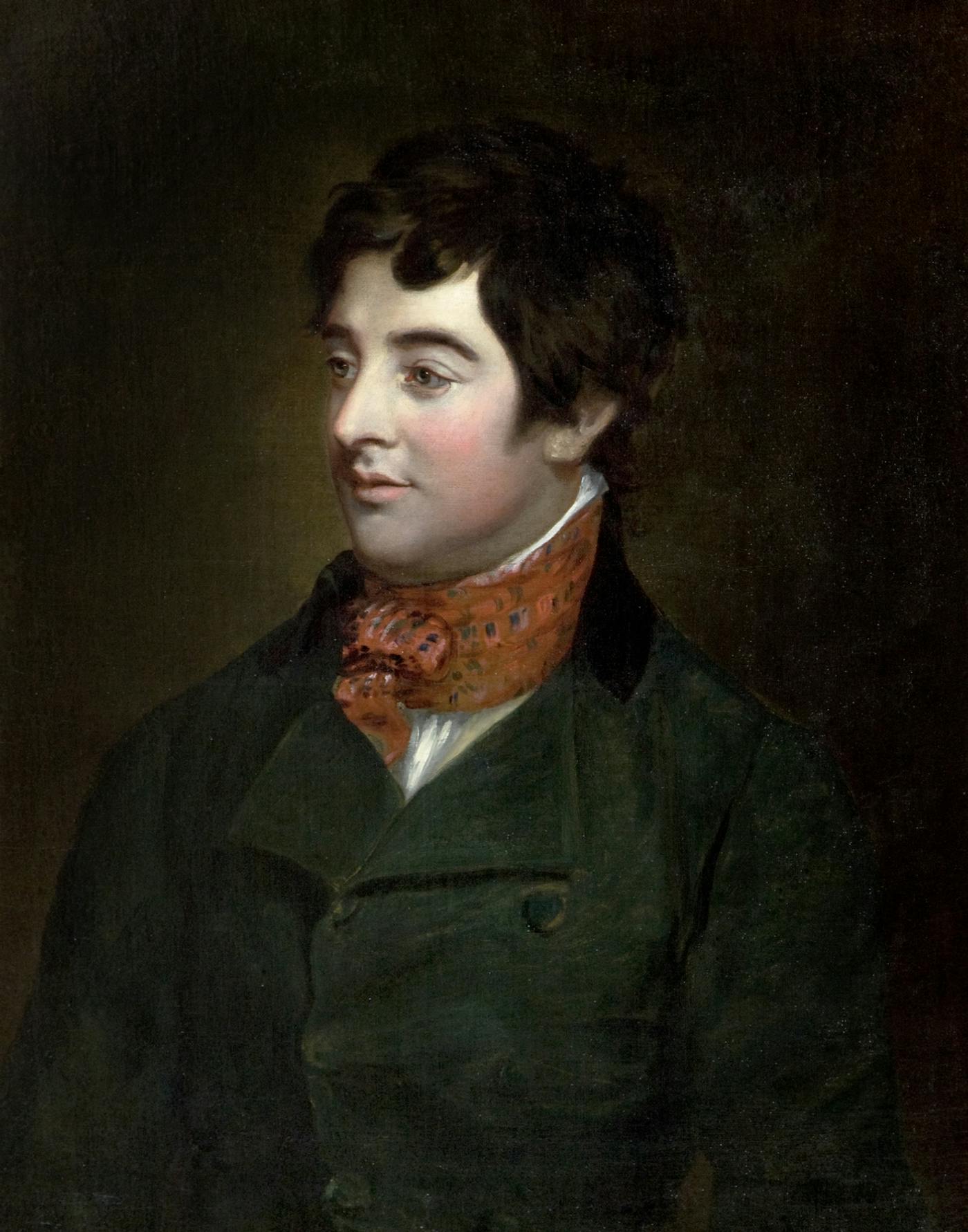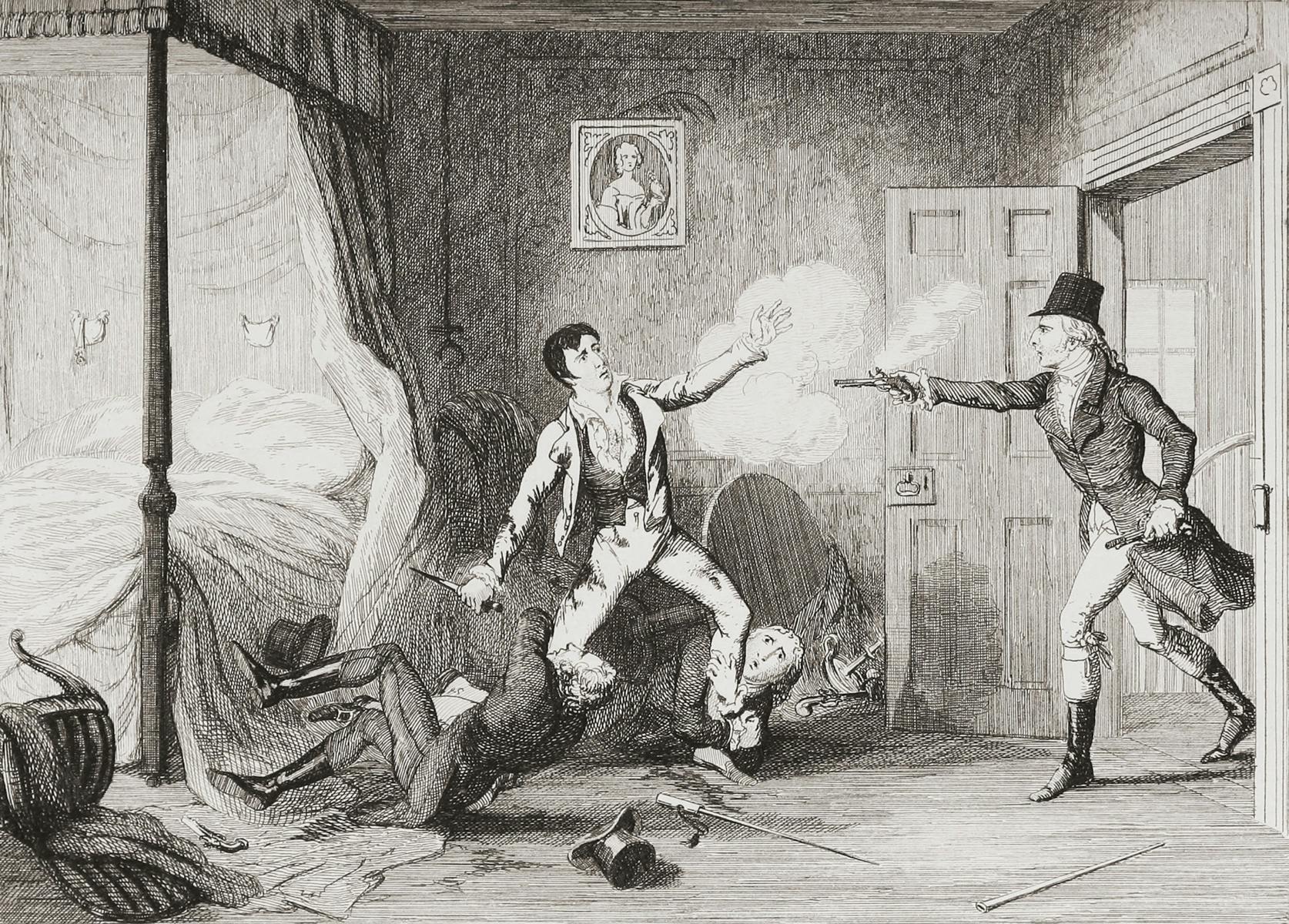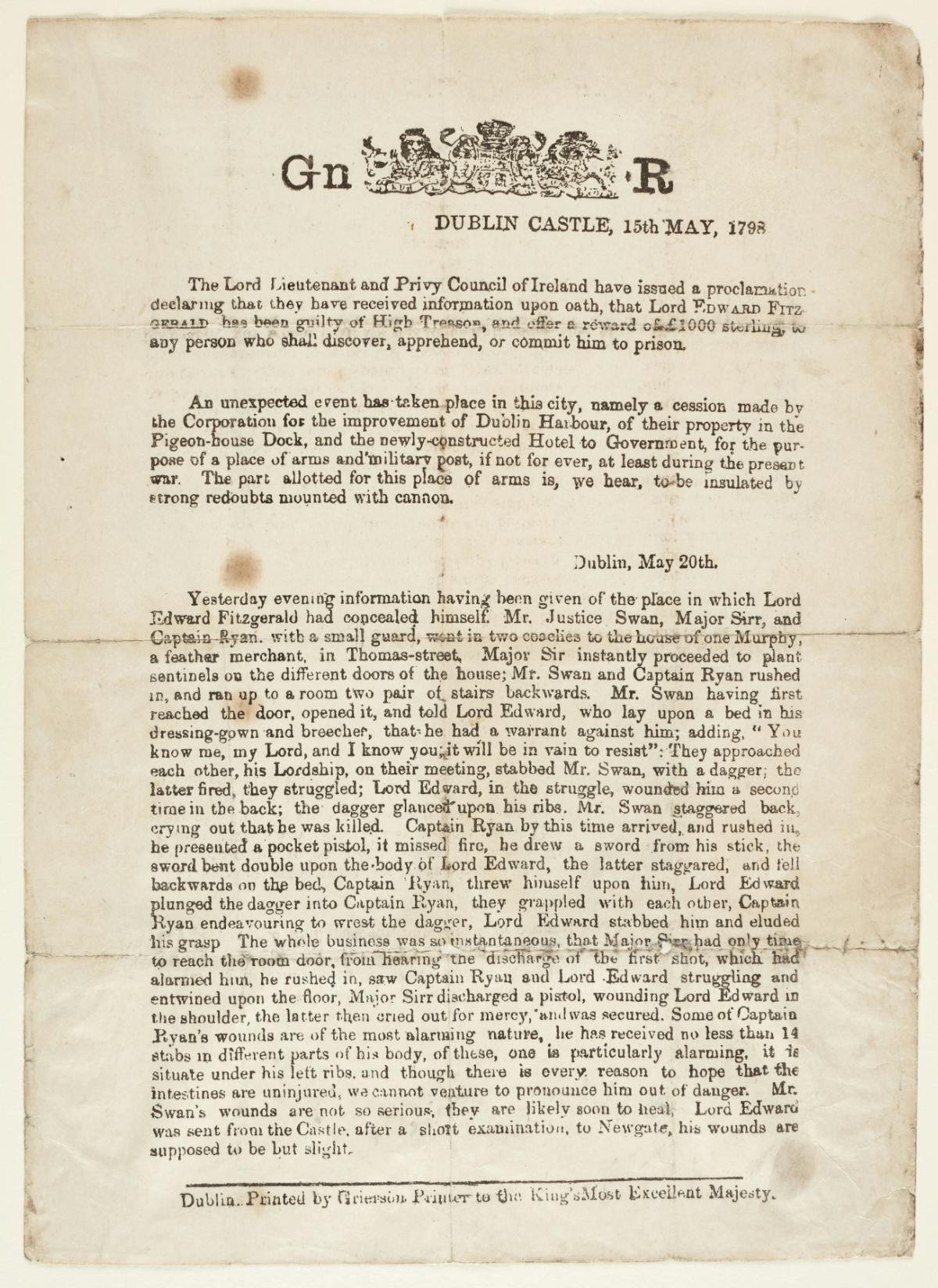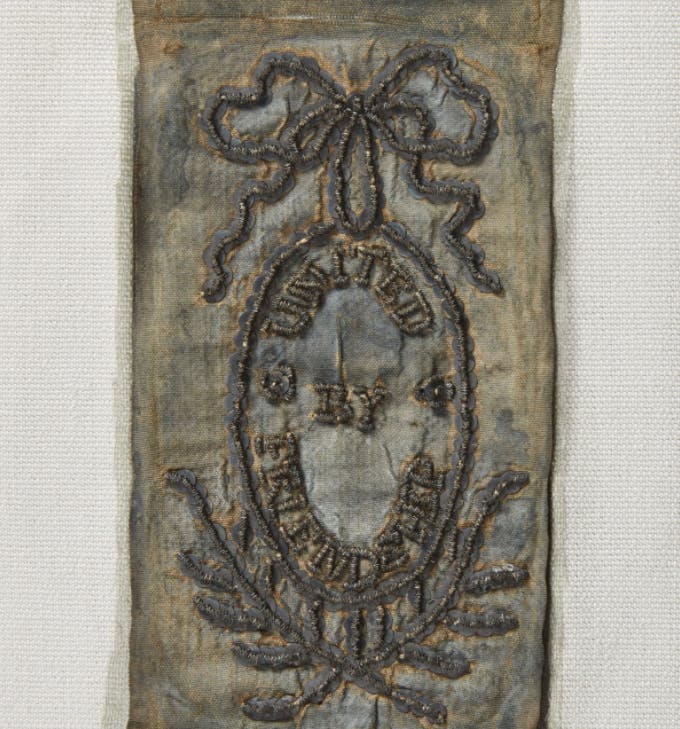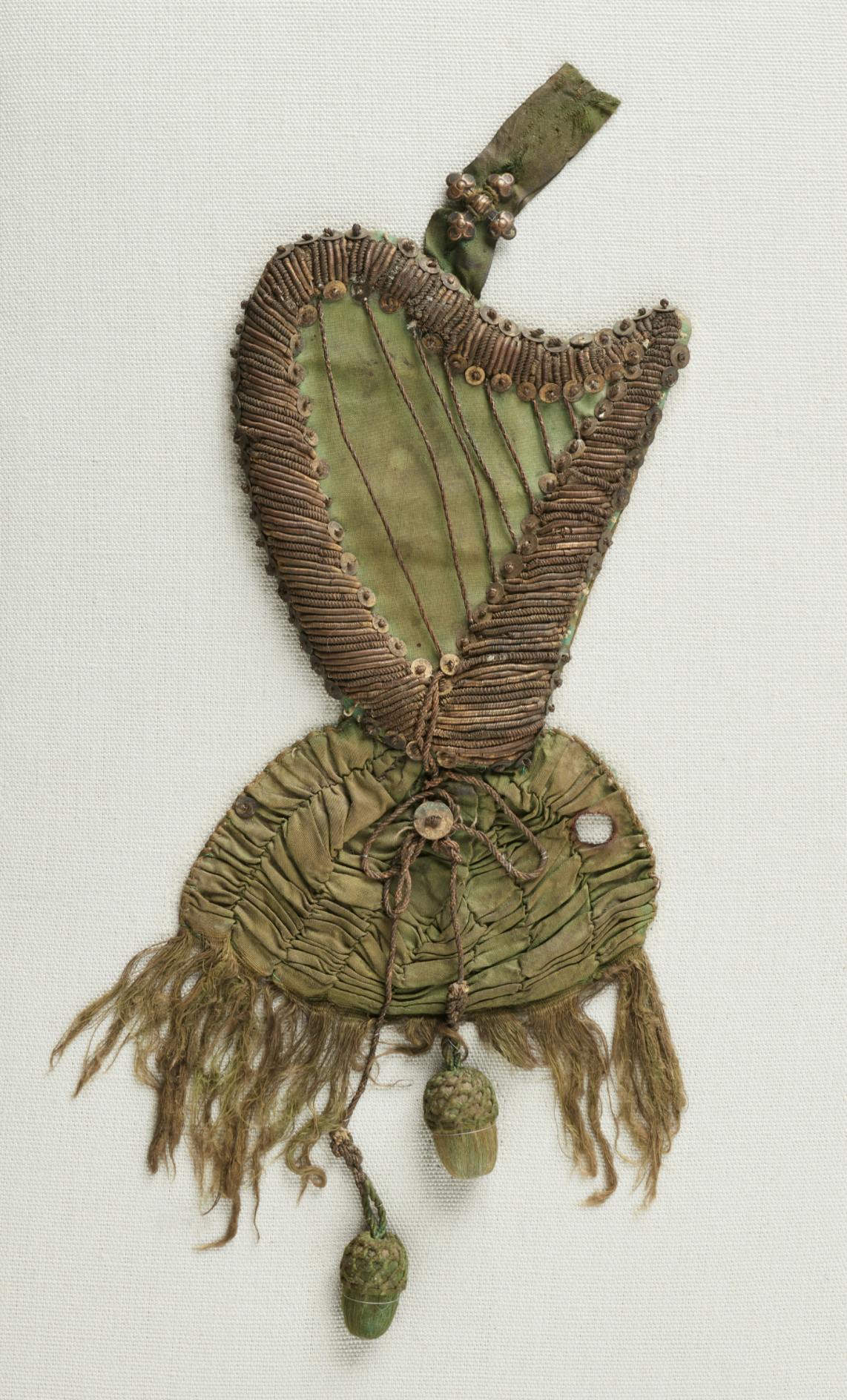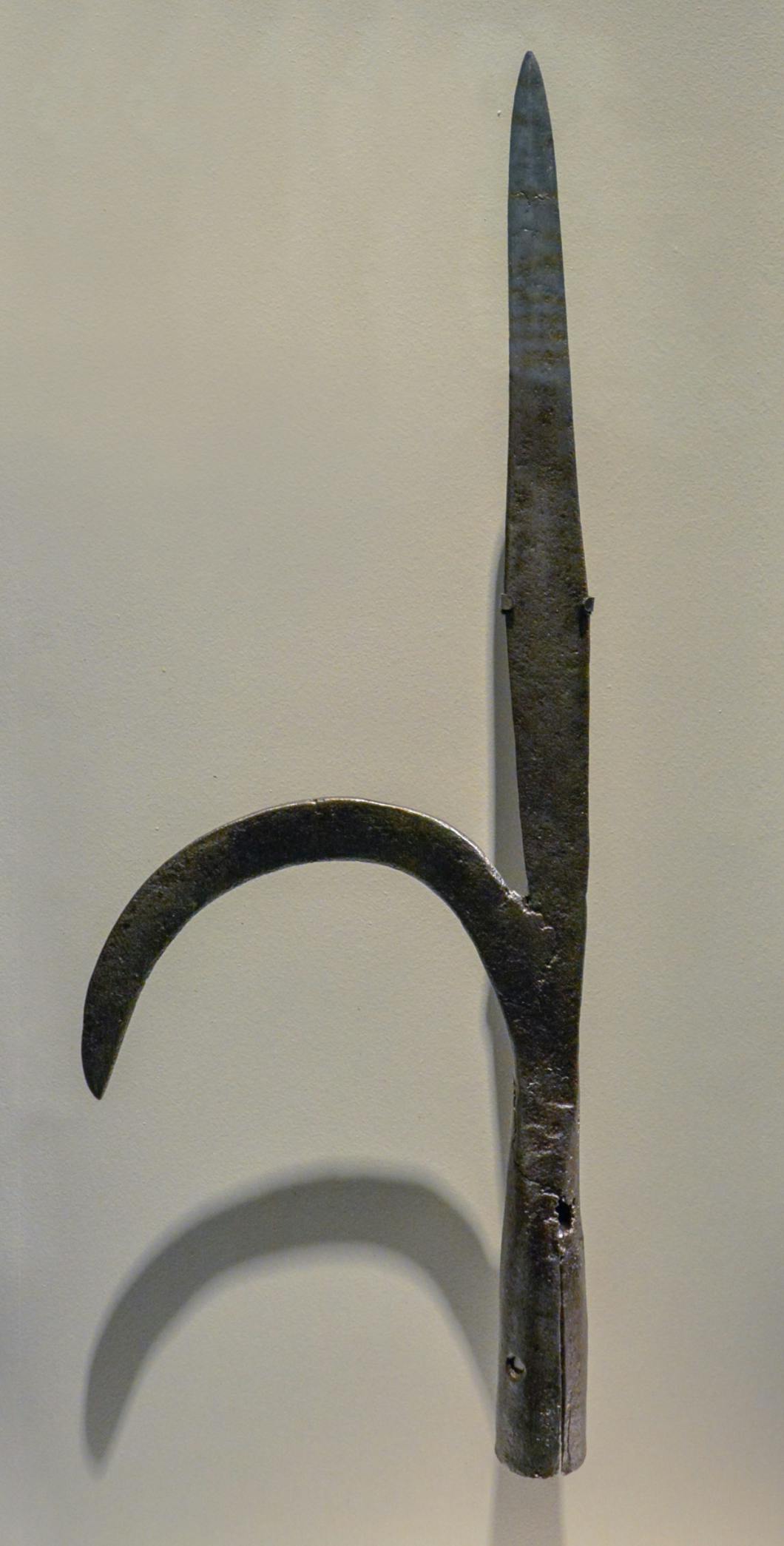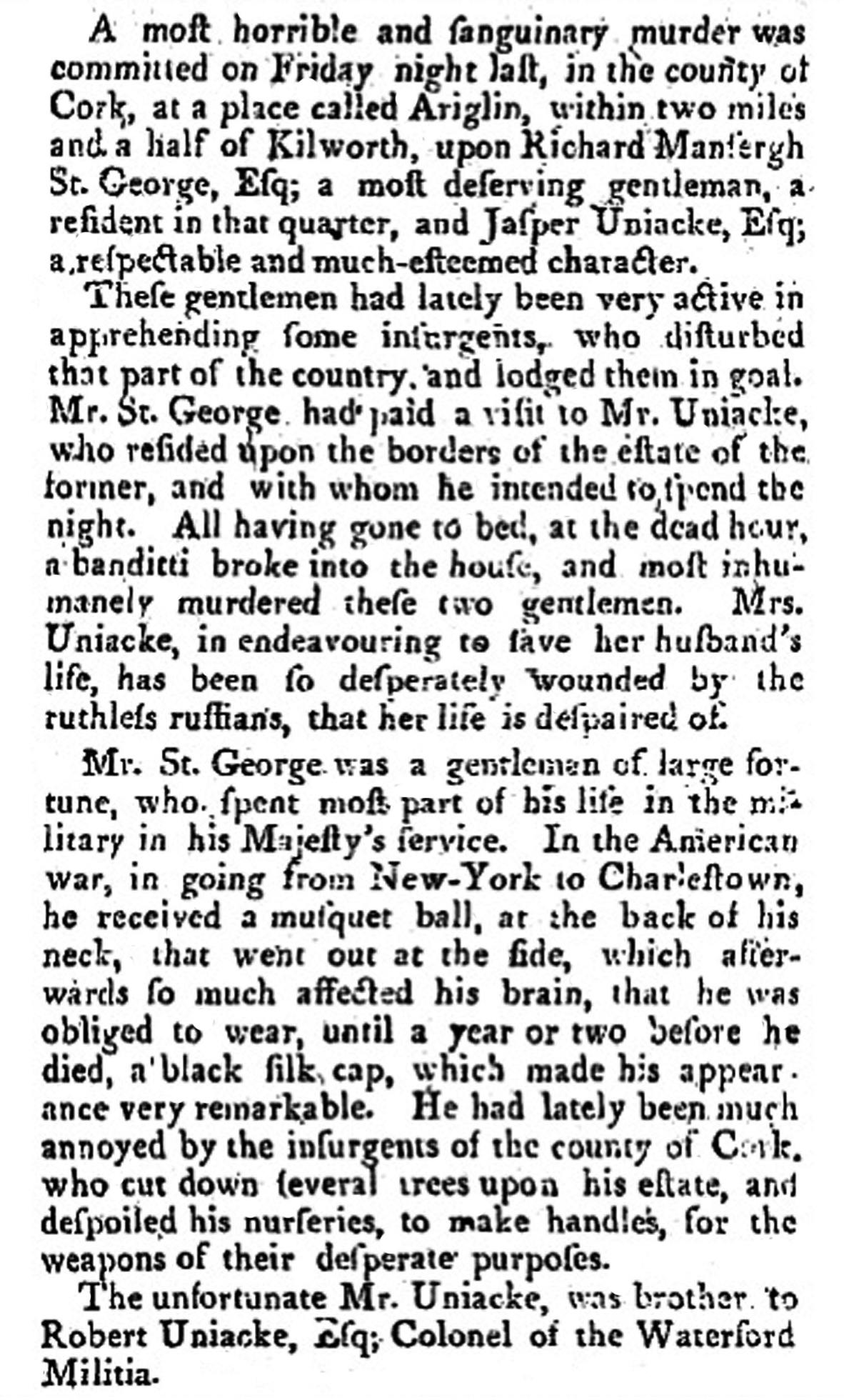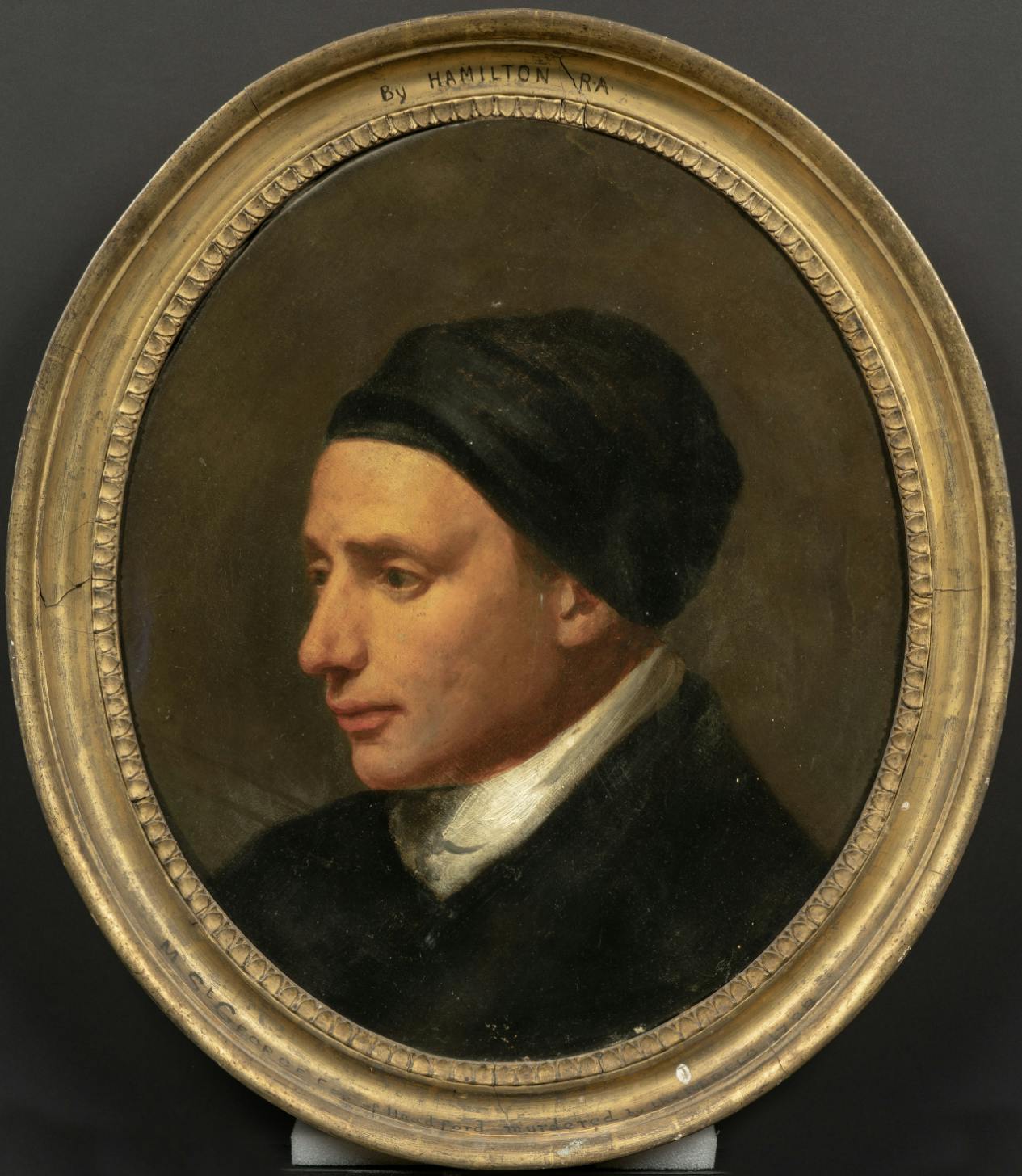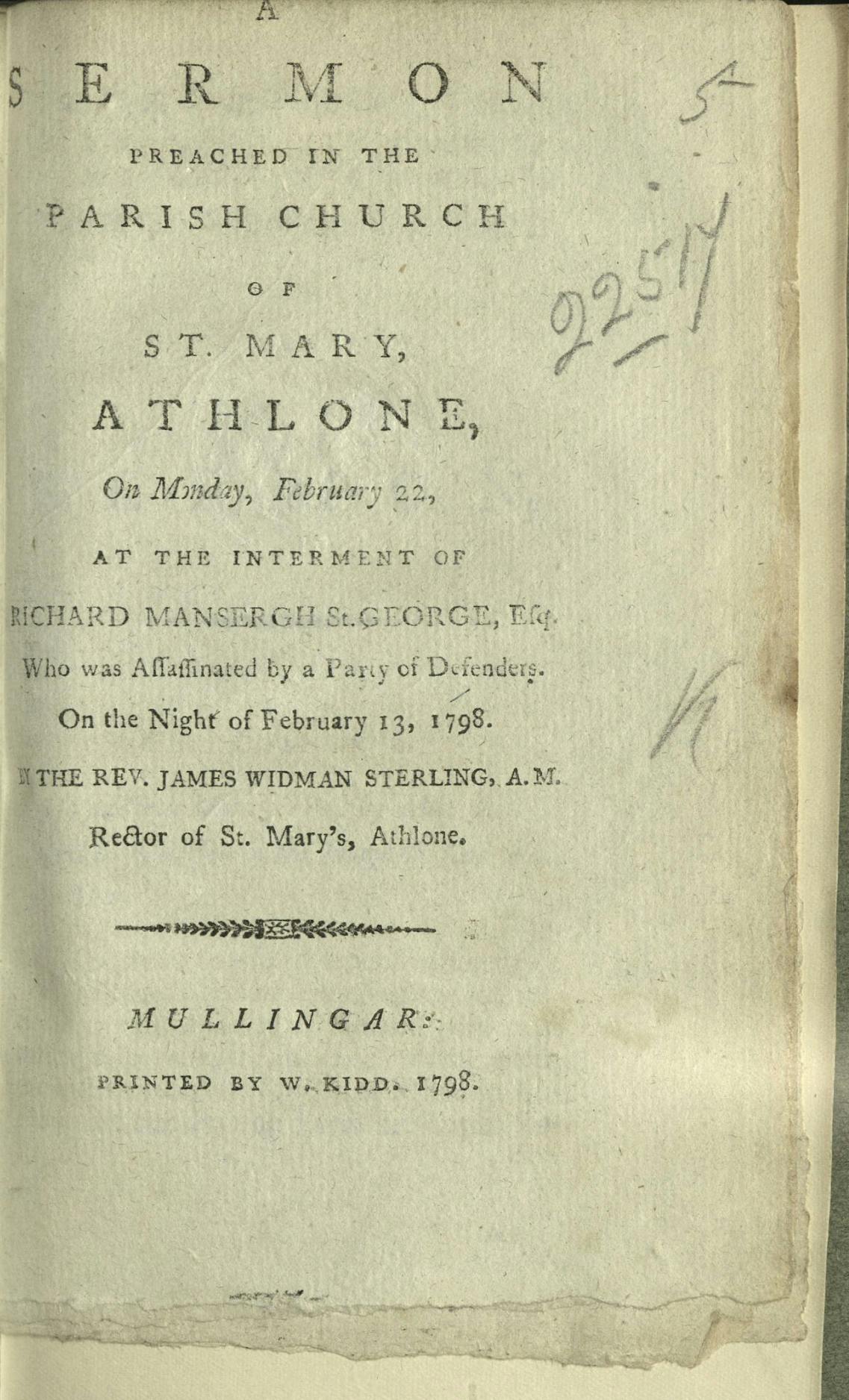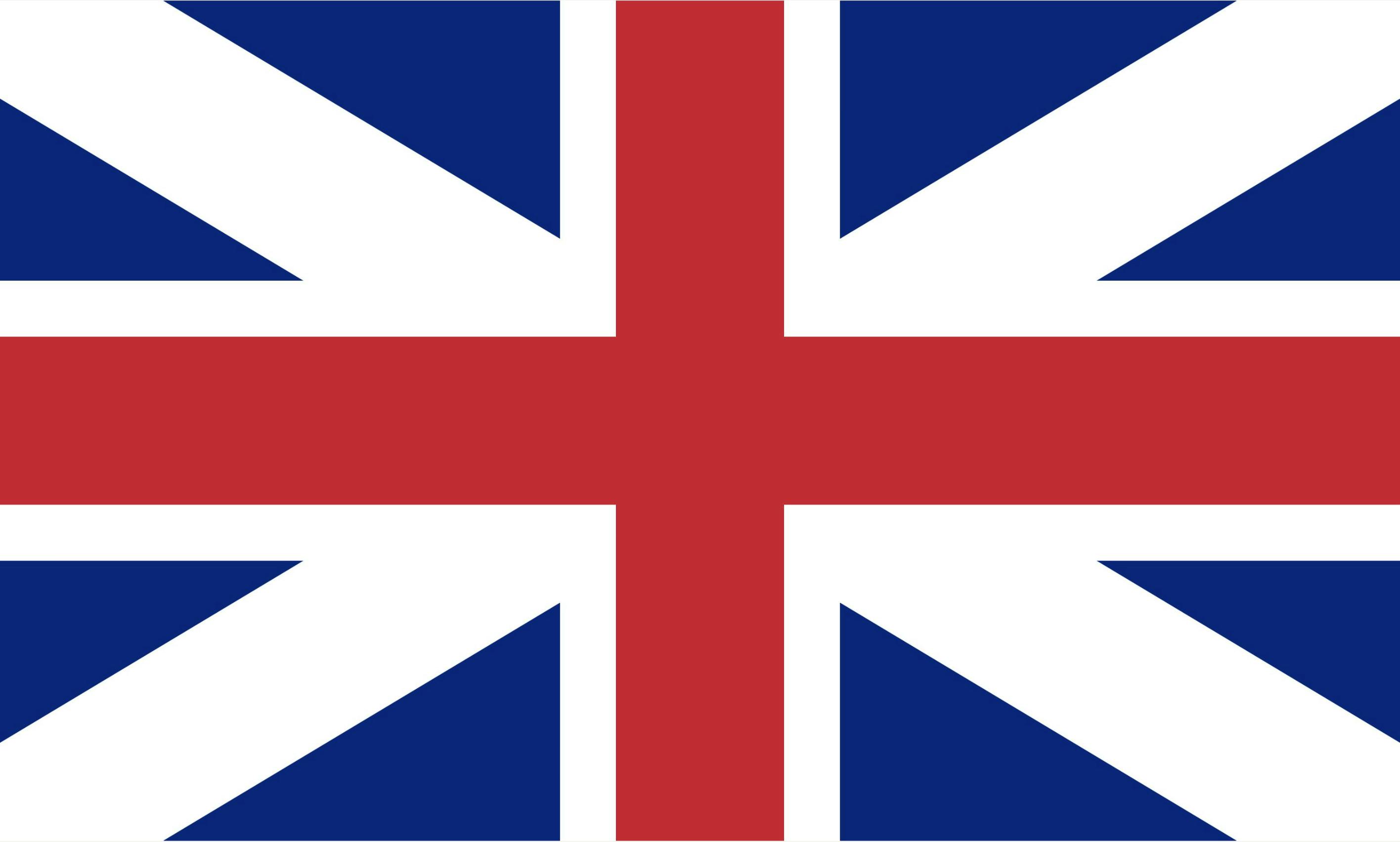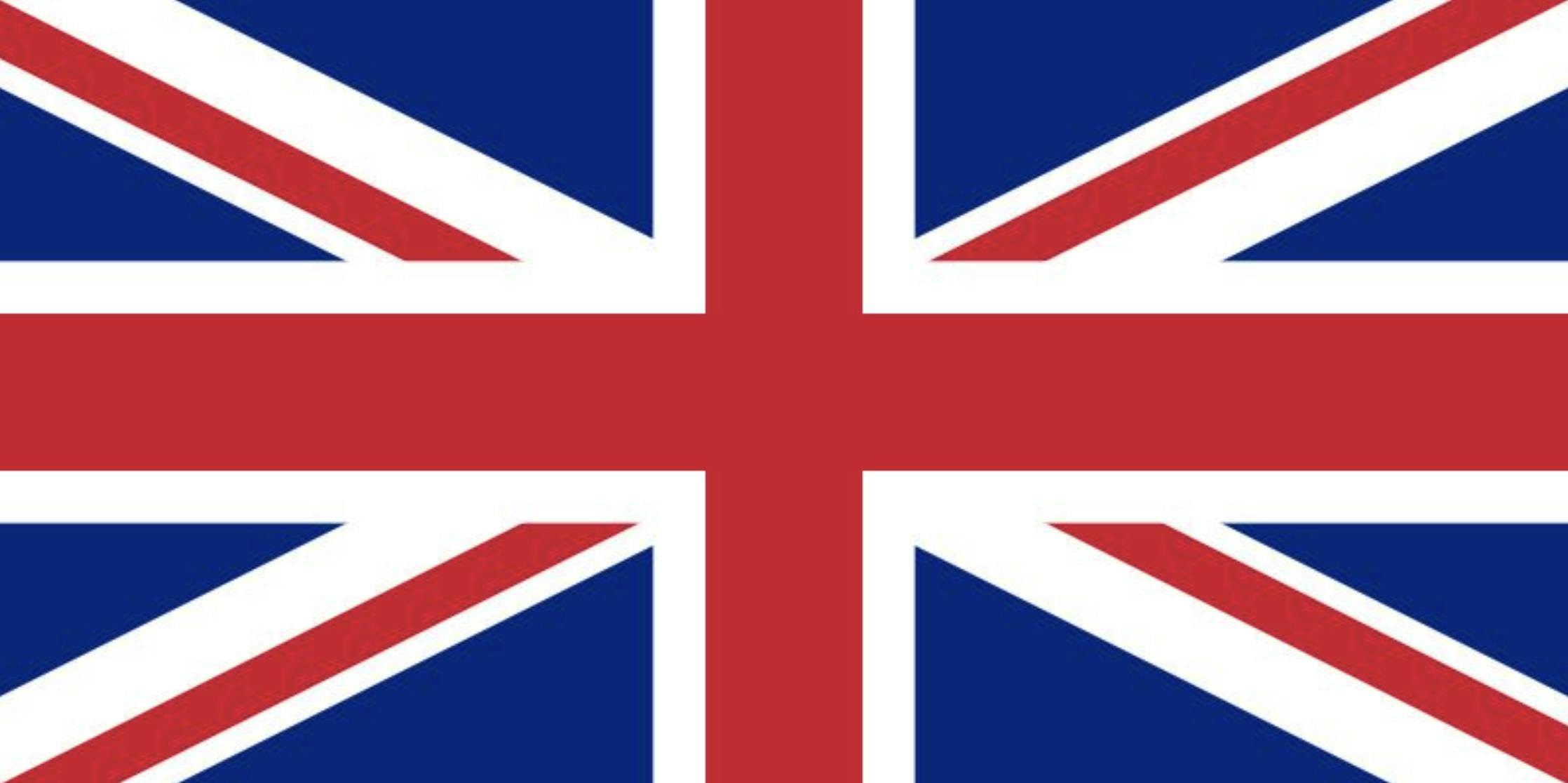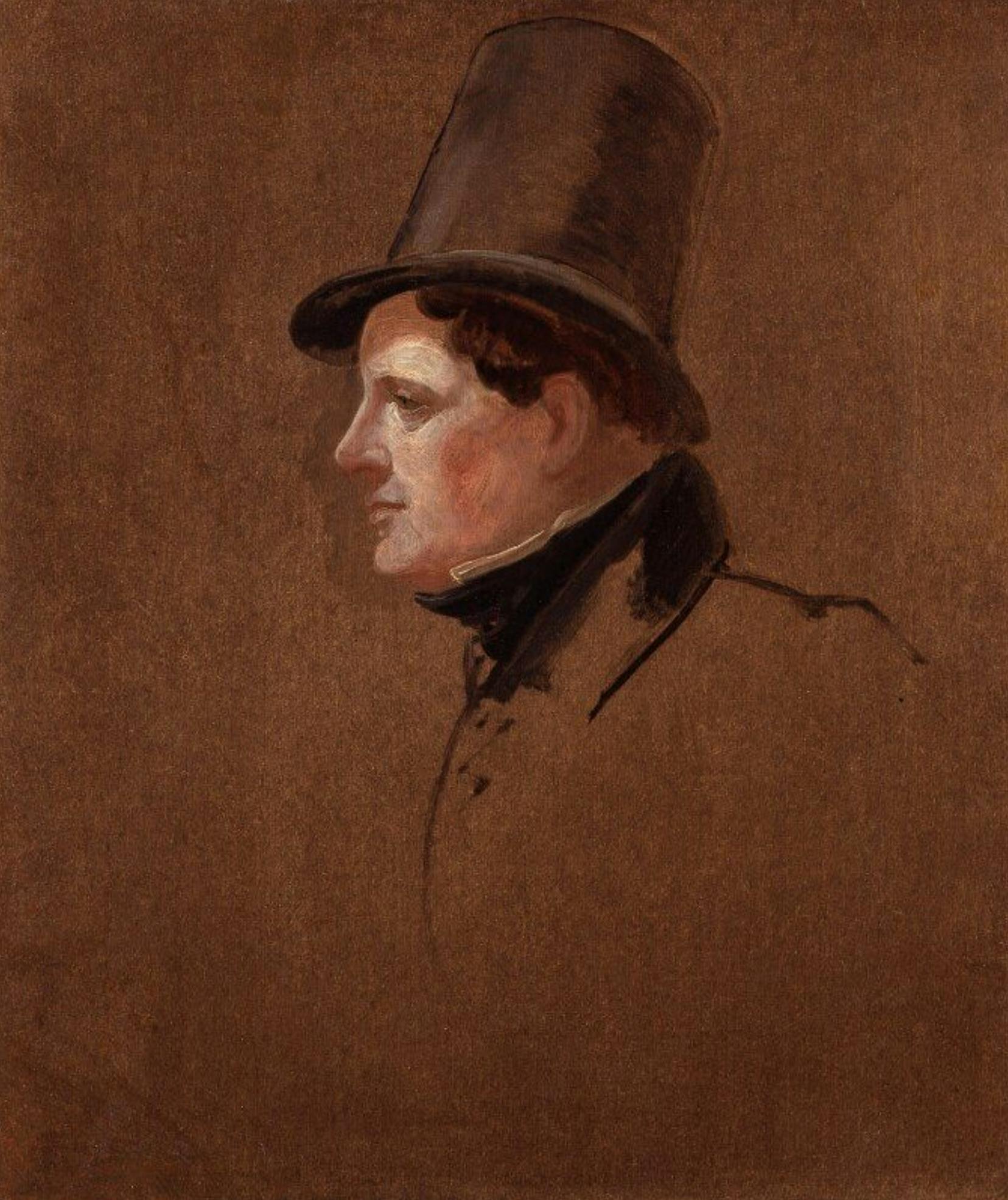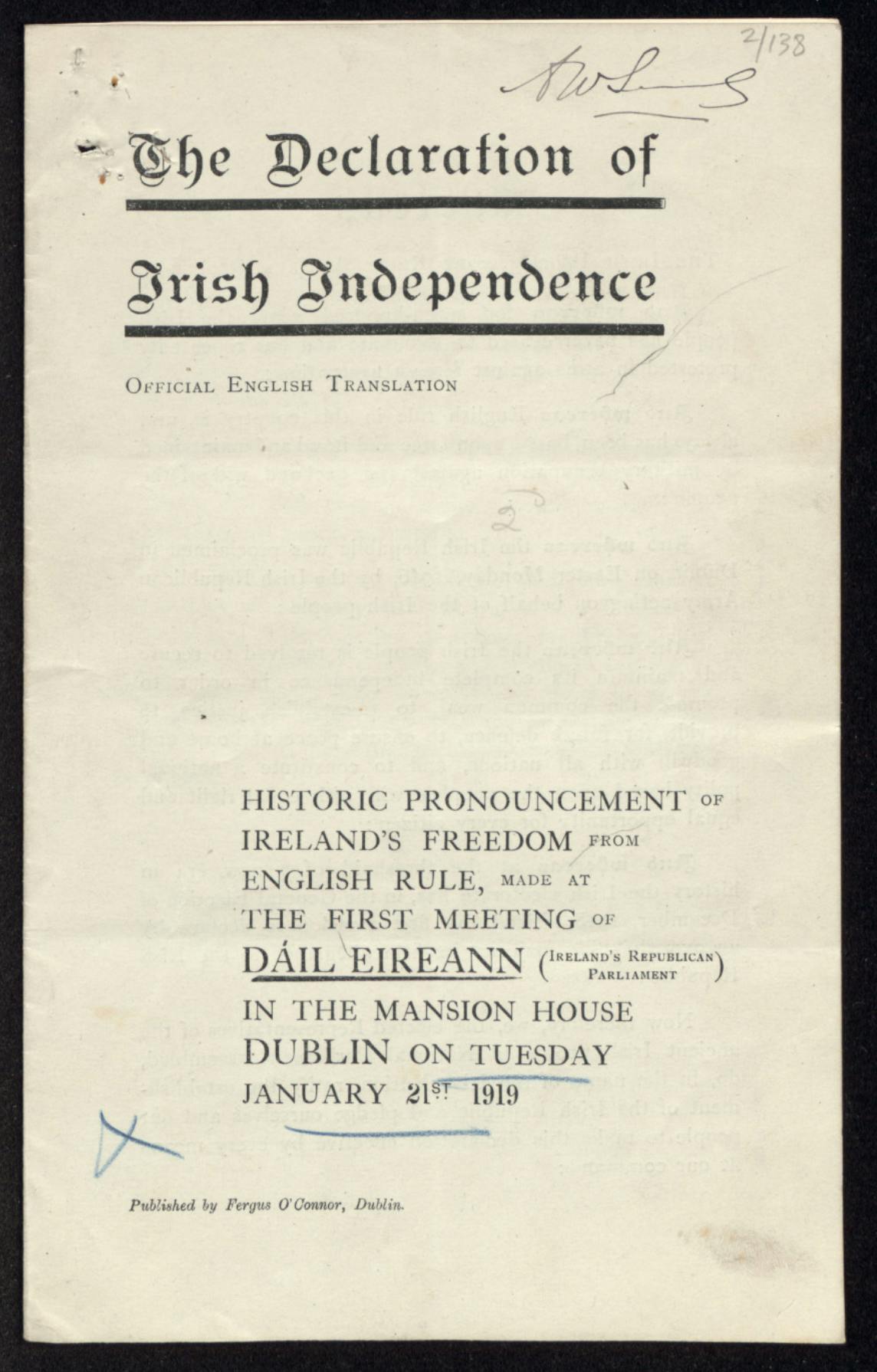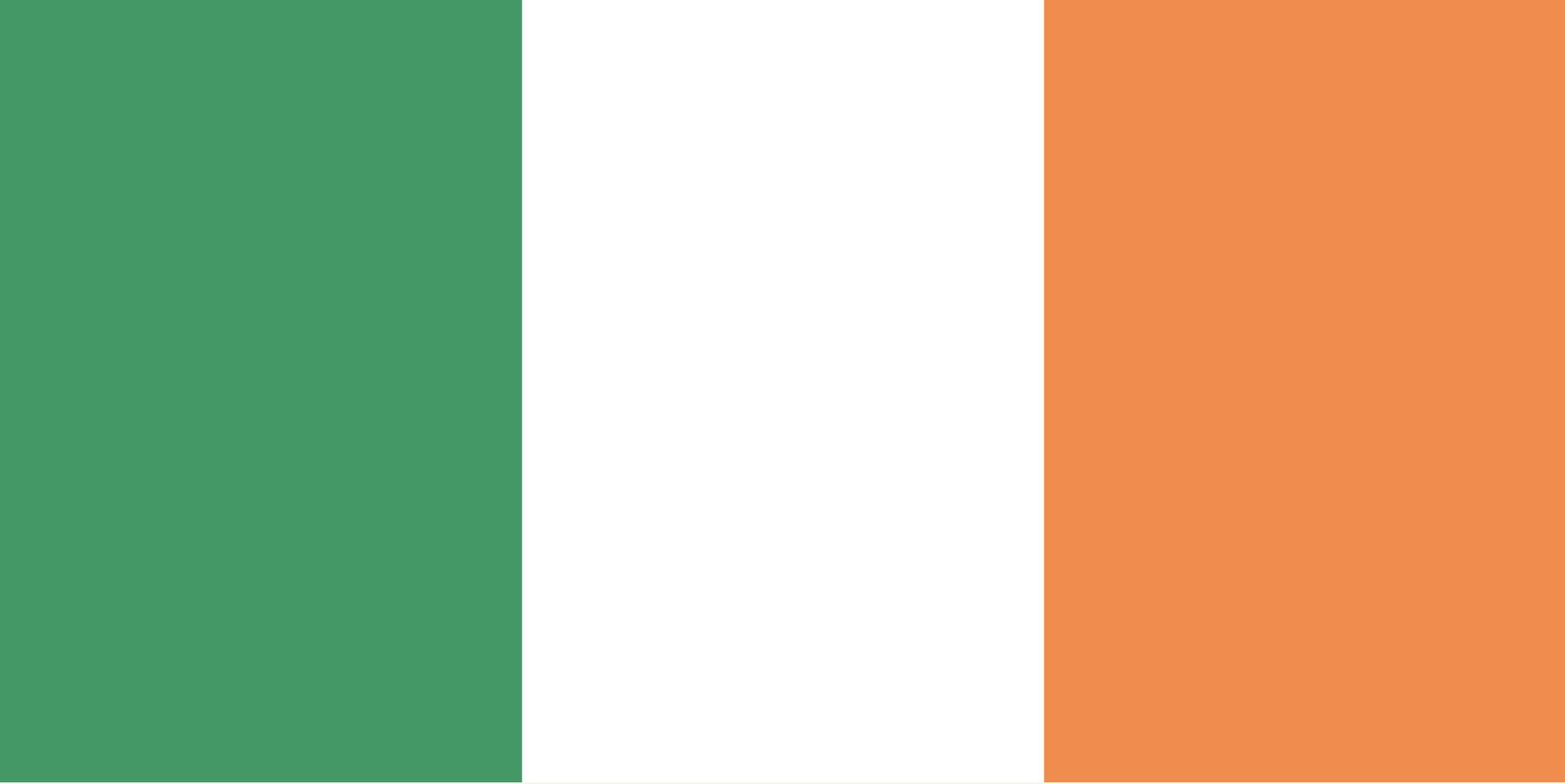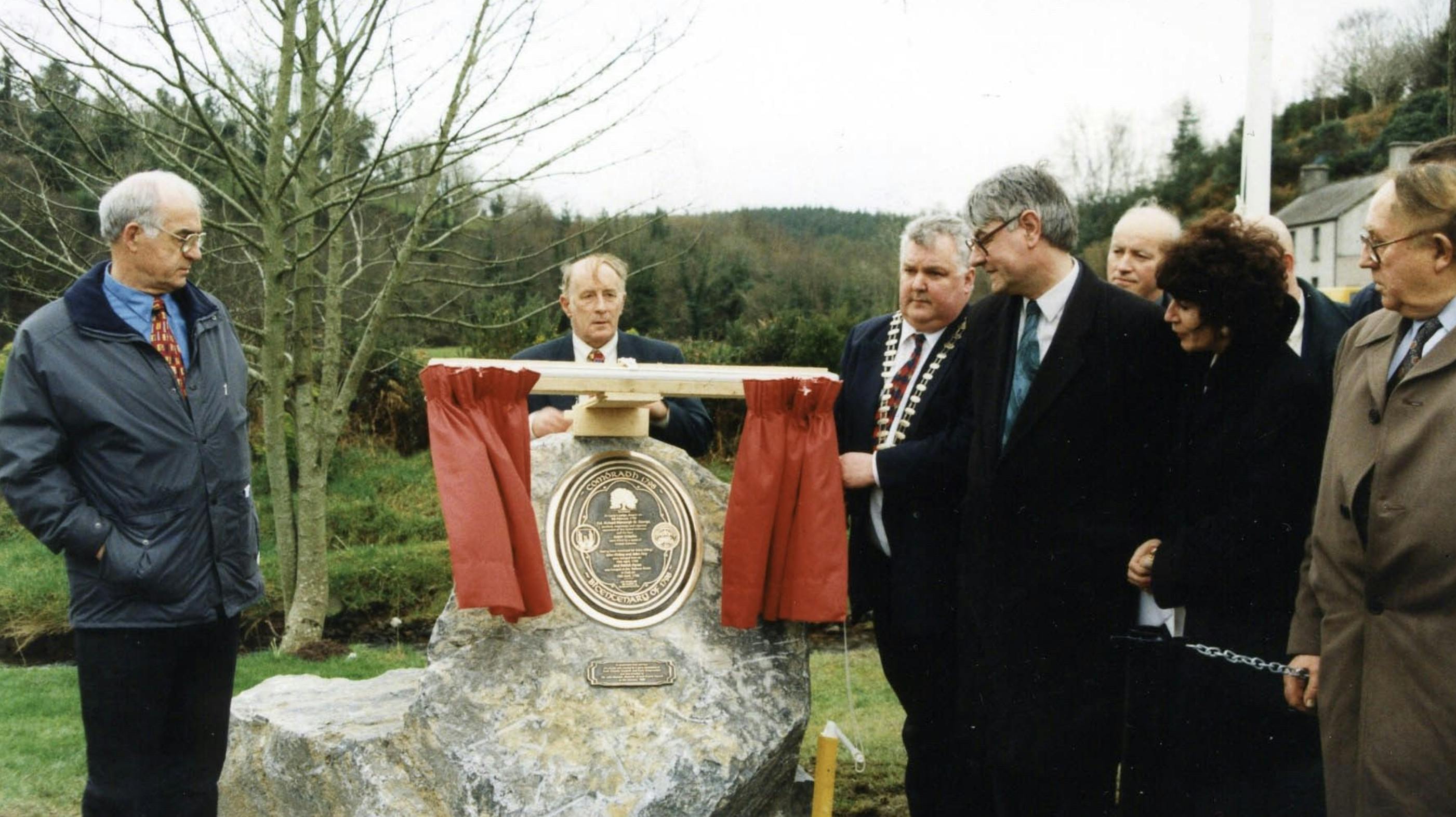Irish Revolution

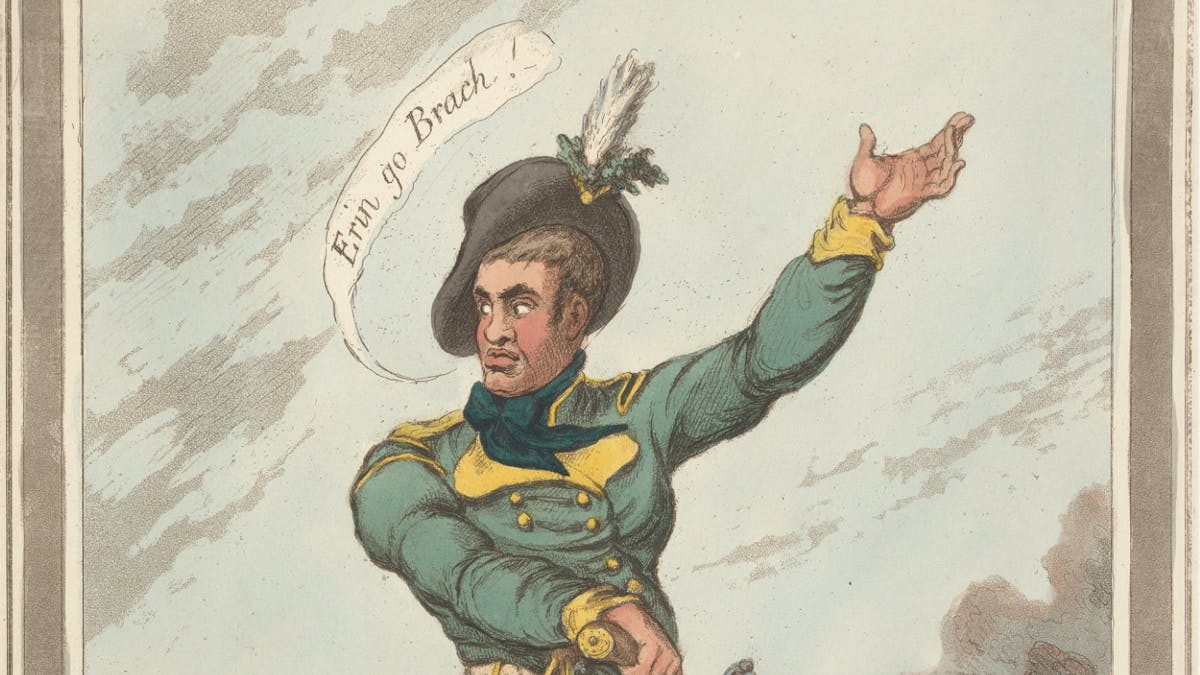
British Control of Ireland
In the late 1700s, Ireland and Great Britain were separate but unequal kingdoms within the British Empire ruled by King George III. Ireland had its own parliament with limited powers. All Irish legislation had to be approved by the King and could be vetoed by the British Parliament. The British Parliament also had the right to make laws for Ireland, including placing restrictions on its trade.
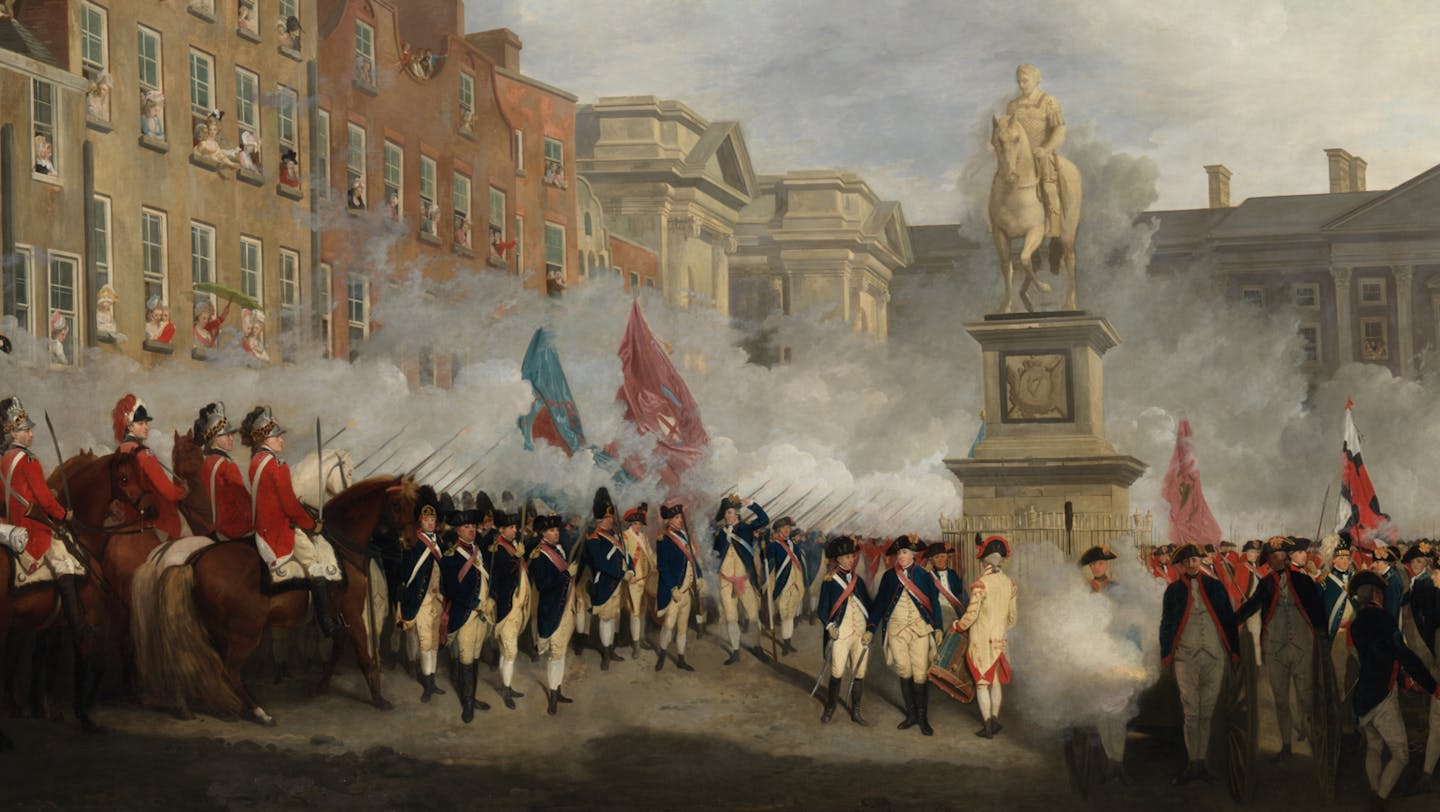
Irish Volunteers
When the Irish Volunteers began to form in 1778, they planned to defend Ireland in case of an attack by France, the new ally of the United States. The Volunteers created their own uniforms and insignia and demonstrated their military might in Belfast and Dublin. They showed off their pride for being Irish. When no French invasion came, the Volunteers continued to meet and discuss Irish politics. The Volunteers believed that British control of Irish governance stunted the country’s growth and prosperity, but they still professed their loyalty to the King. They wanted Irishmen to govern Ireland. At war in America and seeking to avoid a rebellion closer to home, the British Parliament responded to the Volunteers and renounced its control over the Irish Parliament in 1782. The Volunteers claimed this as their victory. This victory made Ireland’s Protestant politicians stronger, but Irish Catholics remained excluded from social, political, and economic power.
Image Credit: National Gallery of Ireland Collection Photo © National Gallery of Ireland
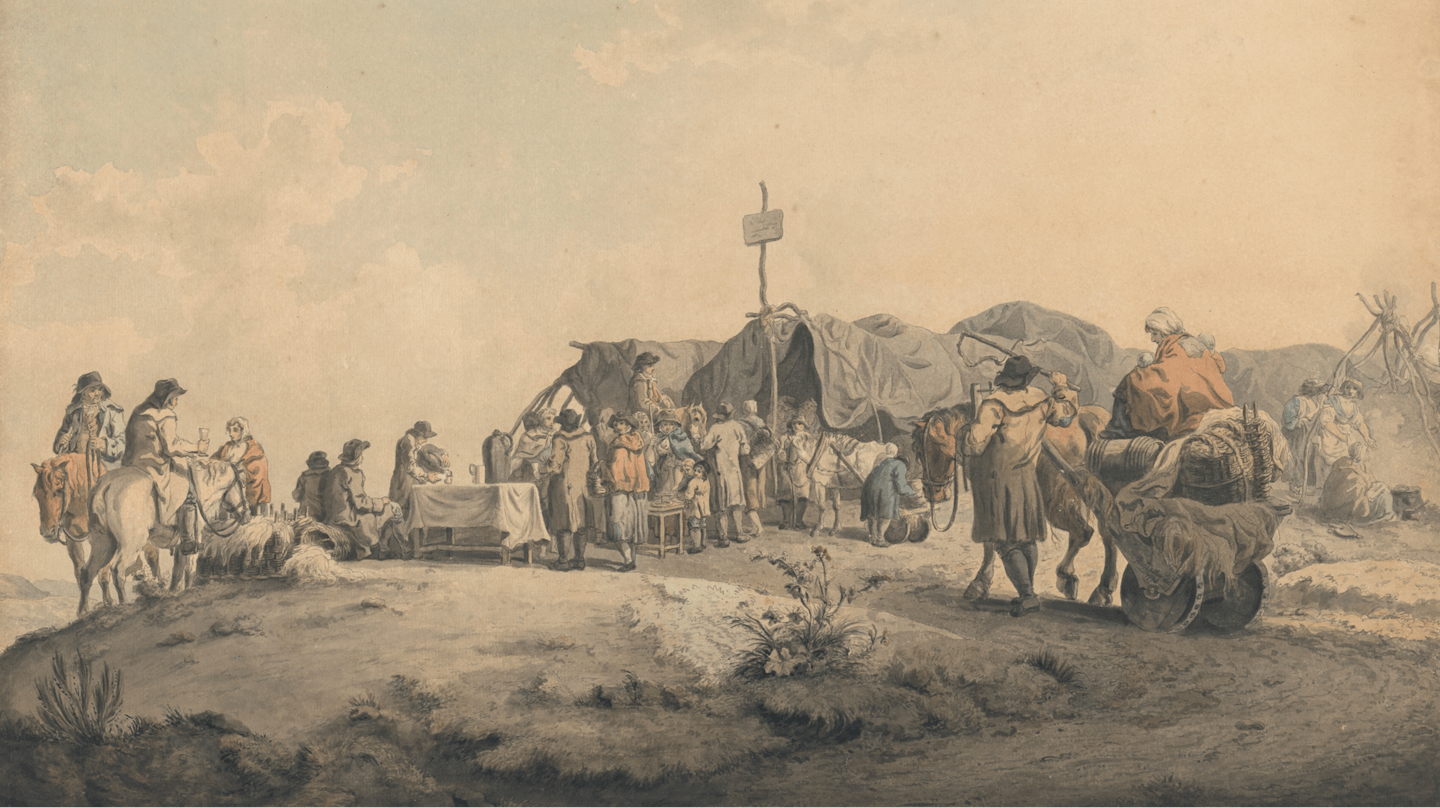
Unexpected Allies
By the 1790s, the majority of Ireland’s 5 million people still had limited rights and opportunities. Though the Irish government relaxed restrictions on Catholics, a small number of Church of Ireland landlords continued to hold most of the land, wealth, and power. Two radical organizations challenged this: the Defenders and the United Irishmen. Catholic farmers and artisans formed the Defenders to fight against Protestants who attacked Catholic homes. Defenders battled Protestants at local fairs and markets and attacked the homes of wealthy landlords. Formed by Protestants (including many Presbyterians and former Volunteers) in Belfast in 1791, the United Irishmen advocated for parliamentary reform and for equal rights for all Irishmen, particularly Catholics.
Image Credit: Yale Center for British Art, Paul Mellon Collection
St. George and his Tenants
Richard Mansergh St. George’s military service, trips to Italy, and travels to his English estate kept him away from his Irish properties. St. George believed his property managers, whom he left in charge, caused despair among his tenants. He wrote, “I examined into the state of their distresses and imagined I was surrounded by savages of those Countries near the South Pole where the means of life are not sufficient for the support of man.” St. George suggested constructing a linen factory to improve the lives of his tenants, but it is unknown if he ever followed through. In early 1798, St. George traveled to his southern properties in County Cork because he heard rumors that the Defenders were recruiting members there. St. George assembled an armed guard and sought help from the British Army to destroy stockpiled weapons and scare off suspected Defenders and United Irishmen. St. George considered the Defenders and the United Irishmen to be “rebels.”

Bloody Revolution
The Irish Revolution of 1798 ended Richard Mansergh St. George’s life and engulfed Ireland in civil war. Like the Irish Revolutionaries, St. George was shaped by the Enlightenment, which included a focus on reason, individualism, and liberty, but chose to remain loyal to the King. He aggressively opposed the "rebels," thinking that they would only cause anarchy in Ireland. On February 9, a group of St. George’s tenants, influenced by the Defenders and the United Irishmen, ambushed and killed him. St. George's death marked the beginning of a bloody year in Ireland. News of his death put the country on edge.
Image Credit: Detail from The Death of Major Peirson, 6 January 1781, John Singleton Copley (1738-1815), Purchased 1864. ©Tate, London 2019
An Age of Revolution
The revolutions in America and France inspired the Irish Revolutionaries. Many Irish people sympathized with the cause of the American Revolution. They believed that if Americans successfully fought against unjust taxation, the suspension of local government, and trade restrictions, Ireland could too. The American victory in 1783 showed that Britain’s power was not invincible. The French Revolution mobilized the United Irishmen to take radical action. The United Irishmen believed in equal rights for Irishmen and the end of religious persecution ingrained in government. The United Irishmen declared that total independence from Great Britain was their best option. War would be their method.
What is in your hand a switch or whip? It is a branch. Of what? Of the Tree of Liberty. Where did it first grow? In America. Where does it bloom? In France. Where did the seeds fall? In Ireland.”
Catechism of the United Irishmen, 1797
War in Ireland
From May to October of 1798, the United Irishmen fought hard for independence. But the arrests and deaths of key leaders, failed French military support, and the lack of proper supplies led to their quick defeat. The United Irishmen mobilized a grassroots army of Presbyterians, Catholics, and some Church of Ireland members. Tens of thousands of United Irishmen battled the British without proper firearms, using blacksmith-made iron pikes instead. The Defenders fought alongside them in rural areas, but fewer showed up than the United Irishmen expected. Most battles were fought in the towns around Dublin and Belfast, and in County Wexford where the Irish Revolution initially met success. The poorly supplied United Irishmen had plenty of spirit but took heavy casualties. Women and children who followed the United Irishmen or who lived in towns where battles took place faced violence and death. People who tried to remain neutral became caught in the crossfire of civil war.
Image Credit: Battle of Ballynahinch, Painted by Thomas Robinson, ca. 1800, Oil on Canvas, Permission Douglas Hyde Collection, Aras an Uachtarain.
French Invasions
The Irish Revolutionaries hoped for a military alliance with France in their fight for independence. French support came, but it was too little, too late. In August 1798, about 1,000 French soldiers landed in northwestern Ireland but were defeated at the Battle of Ballinamuck by British troops commanded by General Cornwallis, the same general who surrendered at Yorktown, Virginia, in 1781. Theobald Wolfe Tone, a leader of the United Irishmen, also gathered a small French navy to assault County Donegal, on Ireland’s northern coast. The British Navy defeated them before they could land, ending hopes of further French support.
Arise like a great and powerful people, determined to be free or die.”
John Sheares, United Irishmen, 1798I was wounded then in a very different cause; that was in fighting against liberty — this, in fighting for it.”
Lord Edward Fitzgerald reflecting on fighting against the American Revolution, 1798Singing About 1798
Irish folk songs written over the past 220 years carry on the story of 1798. The audio recording available below is “Michael Dwyer’s Lament” written in 1998, the 200th anniversary of the Irish Revolution. The lyrics of the song call out the leaders of the United Irishmen such as Henry Joy McCracken, Theobald Wolfe Tone, and Michael Dwyer, a veteran of battles such as Vinegar Hill and Arklow. The refrain repeats the lines “Protestant Dissenters, Catholic Defenders / We never will surrender and give up the rights of man.”
Michael Dwyer’s Lament
Recording of Jim MacFarland, March 9, 2008. Recorded at The Ballyliffin Hotel, Ballyliffin, County Donegal. Recording sourced from the Irish Traditional Music Archive.
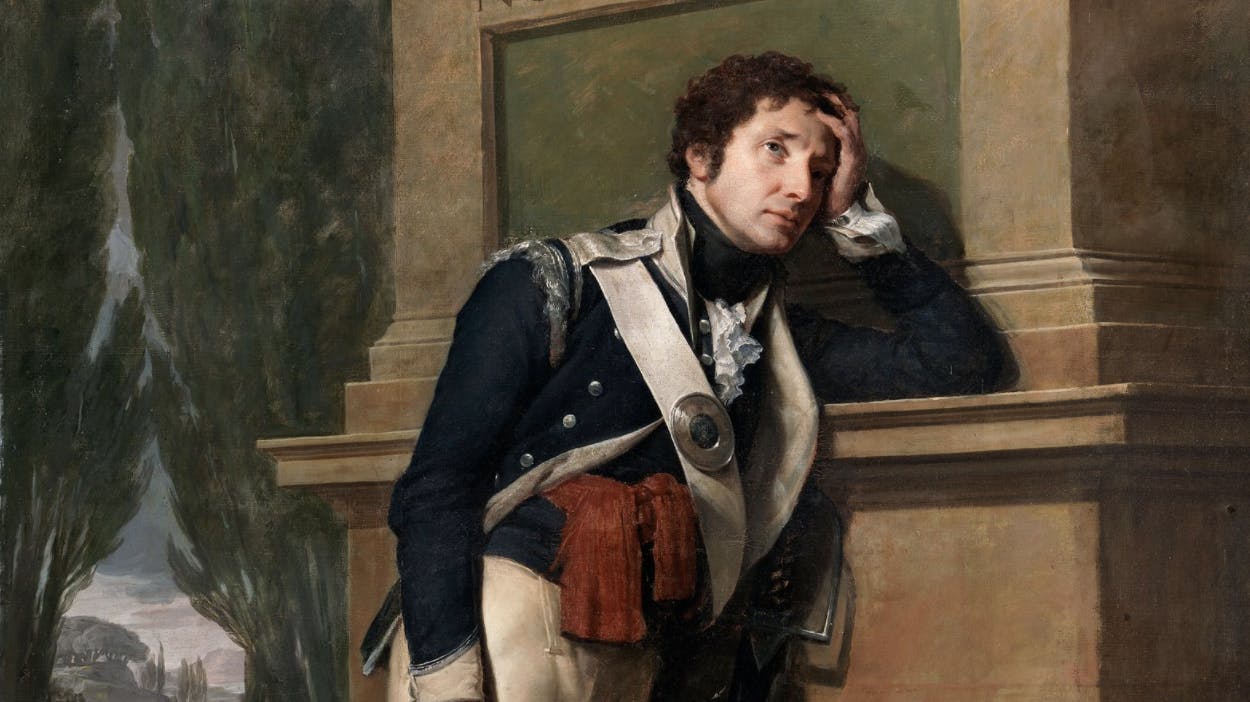
Martyr for Loyalty
Richard Mansergh St. George responded to the Irish “rebels” in 1798 with aggression. He traveled to his southern properties with an armed guard to seek out suspected United Irishmen and Defenders among his tenants. St. George confiscated weapons, burned buildings, and threatened to hang anyone who he thought to be treasonous. St. George’s traumatic brain injury from the American war and his grief over the death of his wife may have contributed to his aggression. According to one observer in February 1798, St. George stood before his tenants in County Cork “in his wild and imprudent state” railing against “ruffians.”
Image Credit: National Gallery of Ireland Collection Photo © National Gallery of Ireland
Ambushed
On the night of February 9, 1798, Richard Mansergh St. George’s tenants ambushed and killed him in County Cork. Earlier that day, St. George boasted that he planned to stay overnight at the home of Jasper Uniacke, one of his tenants, without the protection of an armed guard. After days of suppressing “rebellious” activity, St. George dared his tenants to fight back. They accepted his challenge. A group of men (by some accounts “a party of Defenders”) carrying guns broke into Jasper Uniacke’s home, killed Richard Mannsergh St. George and Uniacke, and wounded Uniacke’s wife. News of the ambush quickly spread throughout Ireland, putting the country on edge. Local landholders pledged to “bring the Perpetrators of their horrid Murders to Justice.” The Irish government arrested 25 men for the crime. Three men were tried and hanged for the murder: John Hoy, Timothy Hickey, and Patrick Hynes.
I met my Servant . . . who informed me of the melancholy Catastrophe of both St. George and Uniacke on Friday night, who were inhumanely murdered by a large number of Defenders . . . ”
Rev. Mr. Collis, February 16, 1798Murder Trial
The St. George-Uniacke murder trial captivated an already anxious Ireland in April 1798.
Mrs. Uniacke, who recovered from her wounds, served as the key witness. Overcome with stress and fear, she fainted as she took the stand, but regained consciousness and described the murder. Mrs. Uniacke hesitated as the prosecutor asked her to point out the murderers in the court room, fearing that the men might hurt her. Mrs. Uniacke timidly pointed to John Hoy and Timothy Hickey. The jury found Hoy and Hickey guilty and the judge sentenced them to hang. A third man, Patrick Hynes, was later charged, found guilty, and hanged for the murders.
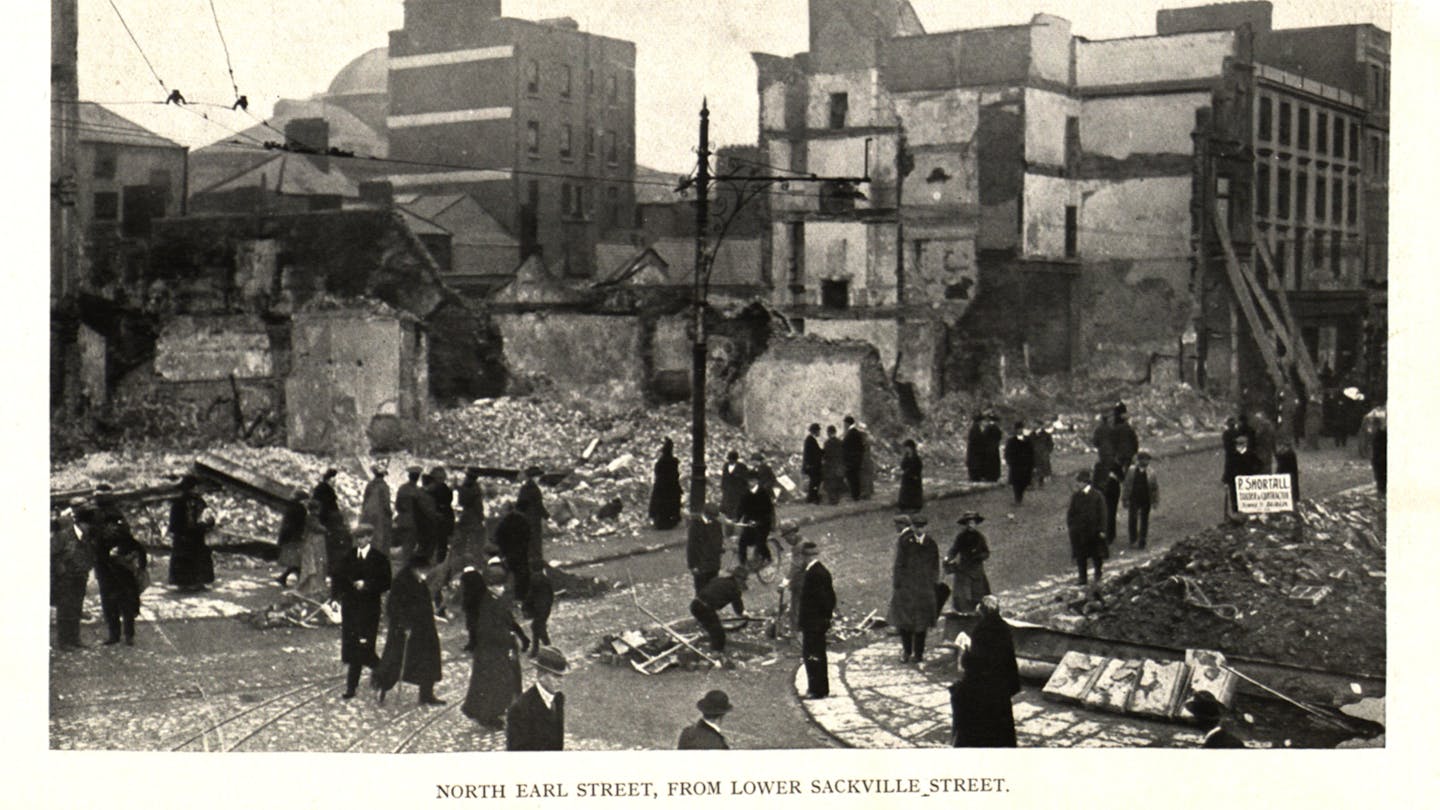
The Legacy of 1798
The Irish Revolutionaries of 1798 motivated the Irish Revolutionaries of the 1800s and 1900s.
In 1803, Robert Emmet, whose older brother Thomas Addis Emmet helped lead the United Irishmen, tried to continue the Irish Revolution in Dublin. Emmet’s revolt failed and he was captured, found guilty, and hanged for treason. In a rousing speech before his execution, Emmet proclaimed his principles and his hopes for Ireland: “I wished to procure for my country the guarantee which Washington procured for America.” The story of the United Irishmen later stirred groups such as the Irish Republican Brotherhood (“Fenians”) to renew the fight for Irish independence. They revered Fitzgerald, Wolfe Tone, and McCracken. During the 1916 Easter Rising, the Irish War for Independence (1919-1921), and the Irish Civil War (1922-1923), Irish Revolutionaries again battled with the British and loyal Irishmen in bloody conflict. The independent Republic of Ireland was established following these fights, while Northern Ireland remains part of the United Kingdom to this day.
Image Credit: “North Earl Street, From Lower Sackville Street” from Dublin after the Six Days' Insurrection, T.W. Murphy, 1916, Joseph McGarrity Collection. Digital Library@Villanova University

Facing the Cost of Revolution
In the art left behind by Richard Mansergh St. George, we face the human cost of revolution.
St. George lost his health and then his life defending the British Crown in America and Ireland. In the generations that have followed his death, the Republic of Ireland has taken its place among nations. Today, the United States, Ireland, and the United Kingdom are allies. Each nation, in different ways, has aspired to fulfill the democratic promise of the “Age of Revolutions.” All revolutions have personal costs, but the living decide what those costs have purchased. As you learn more about the American Revolution, consider the revolution’s personal costs for the many different people whose stories you encounter.
Image Credit: Harland Crow Library, Dallas, Texas
Richard Mansergh St. George’s Legacy
Over the past 220 years, the lives of Richard Mansergh St. George’s descendants have reflected the complex history of Ireland since 1798. During the Great Hunger in Ireland (1845-1849), St. George’s son Stepney died of a fever aiding the starving people who lived on his family’s land. In the late 1900s, his fourth great-grandson joined the Catholic priesthood. He often returns to the home of Richard Mansergh St. George, his “Protestant Ascendancy” ancestor, in County Galway. Another relative has committed his life to forging peace in Ireland. Dr. Martin Mansergh helped negotiate the Good Friday Agreement that halted the “troubles” of Northern Ireland in 1998. To this day, Dr. Mansergh often references Richard Mansergh St. George’s story in his effort to build “a spirit of peace and reconciliation” in Ireland. These people demonstrate the power of individual choices while living with the legacies of history.
